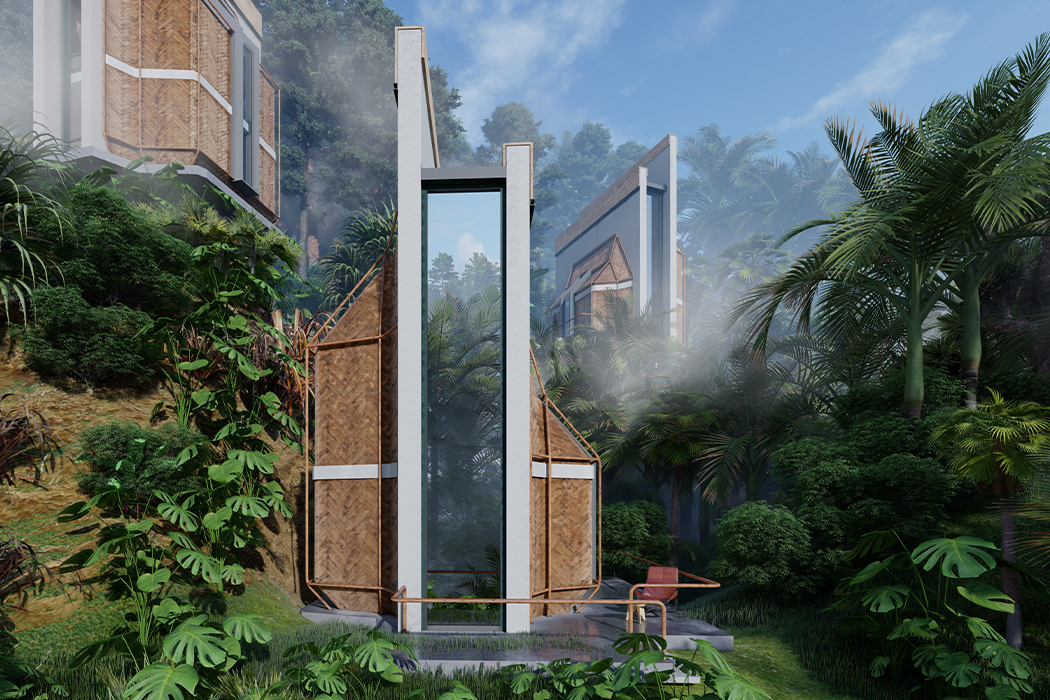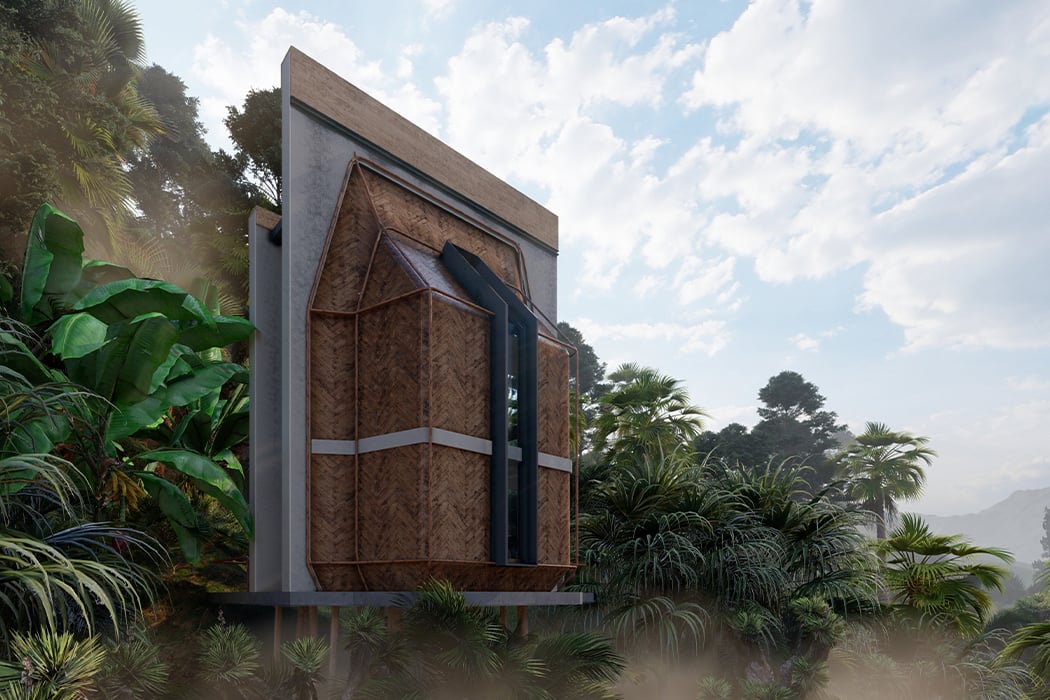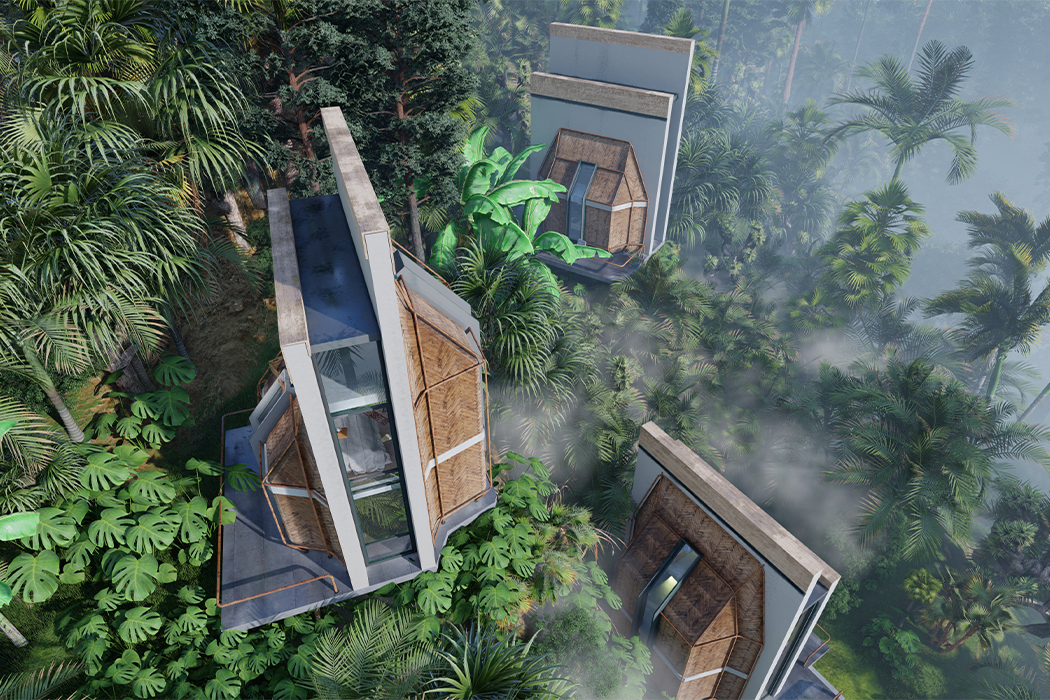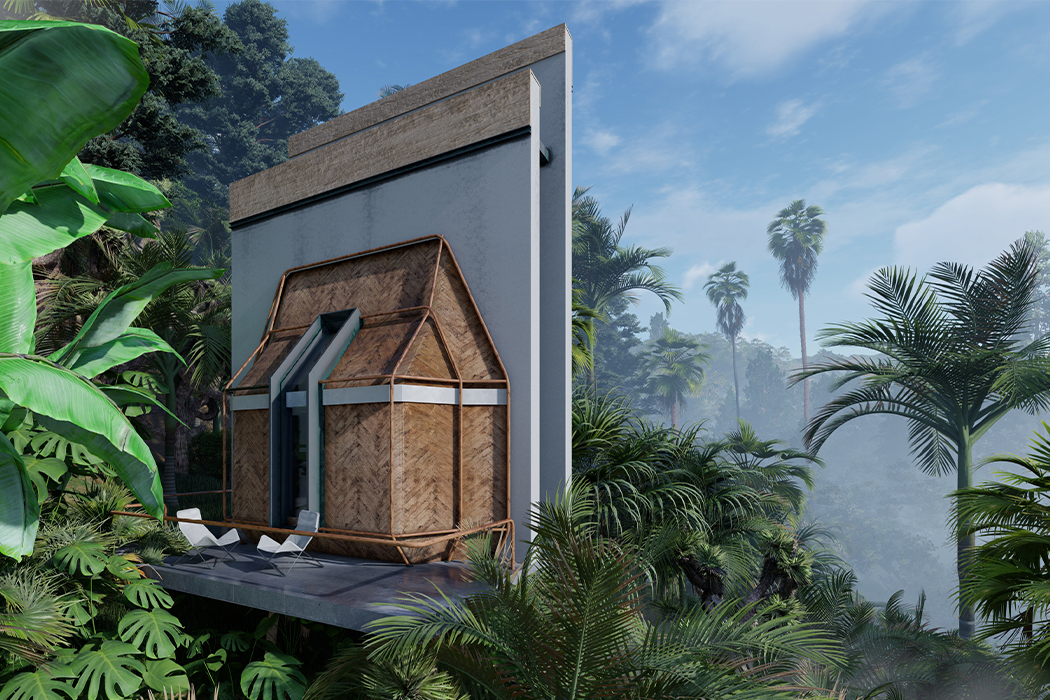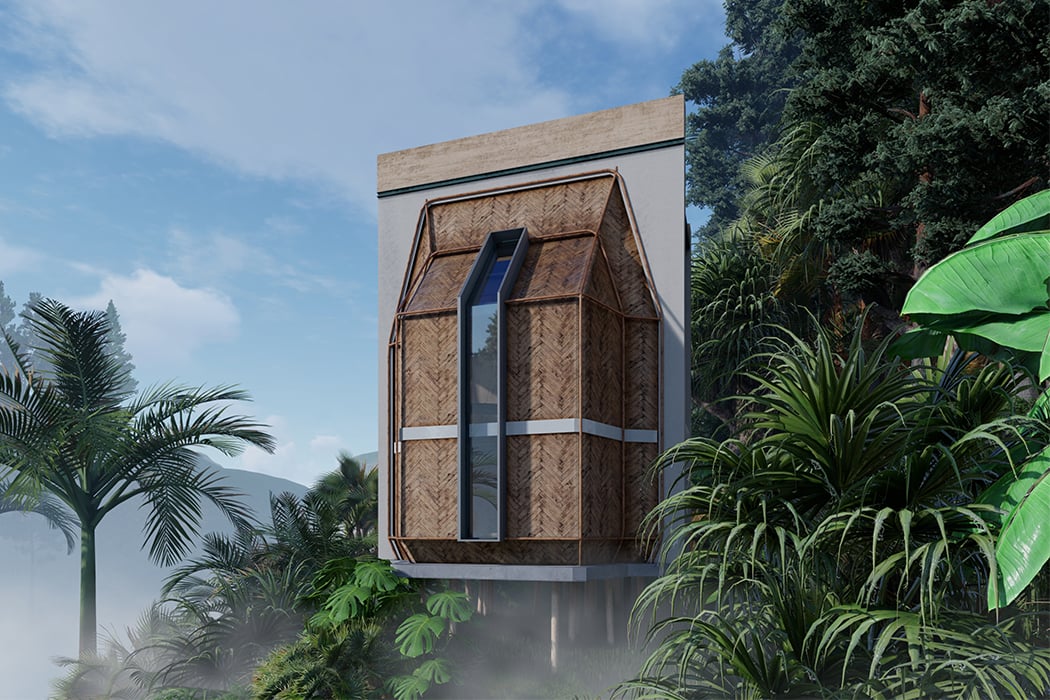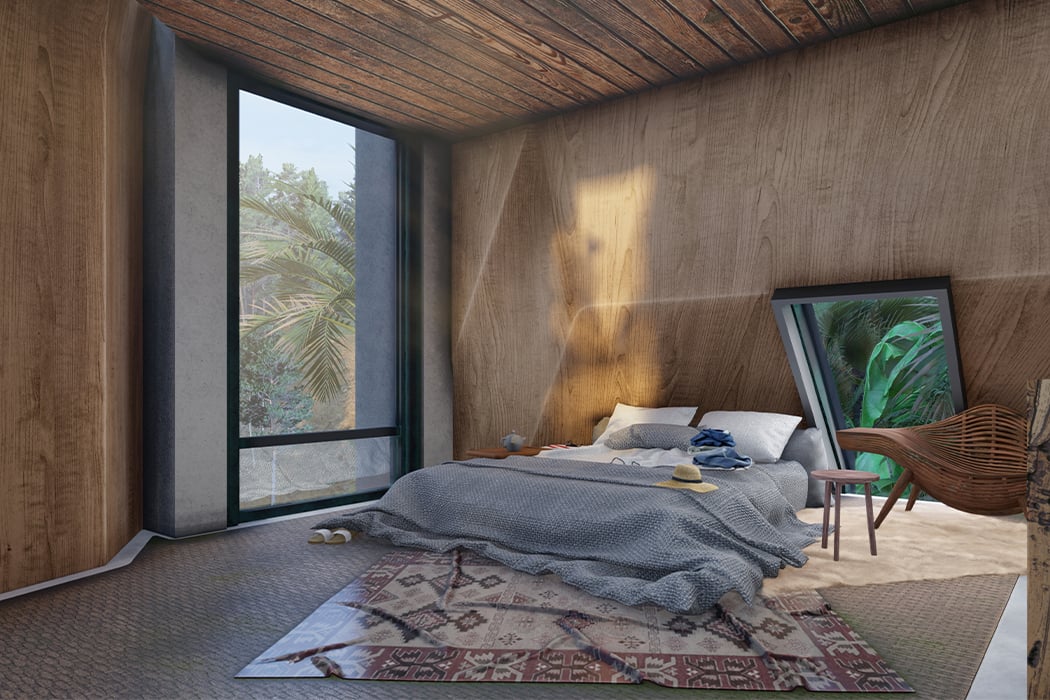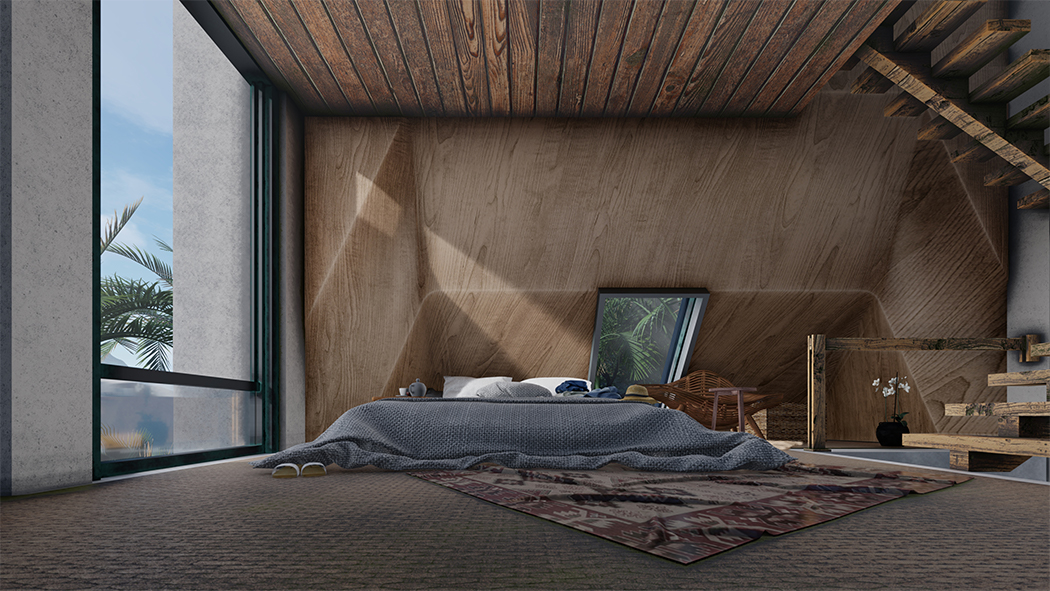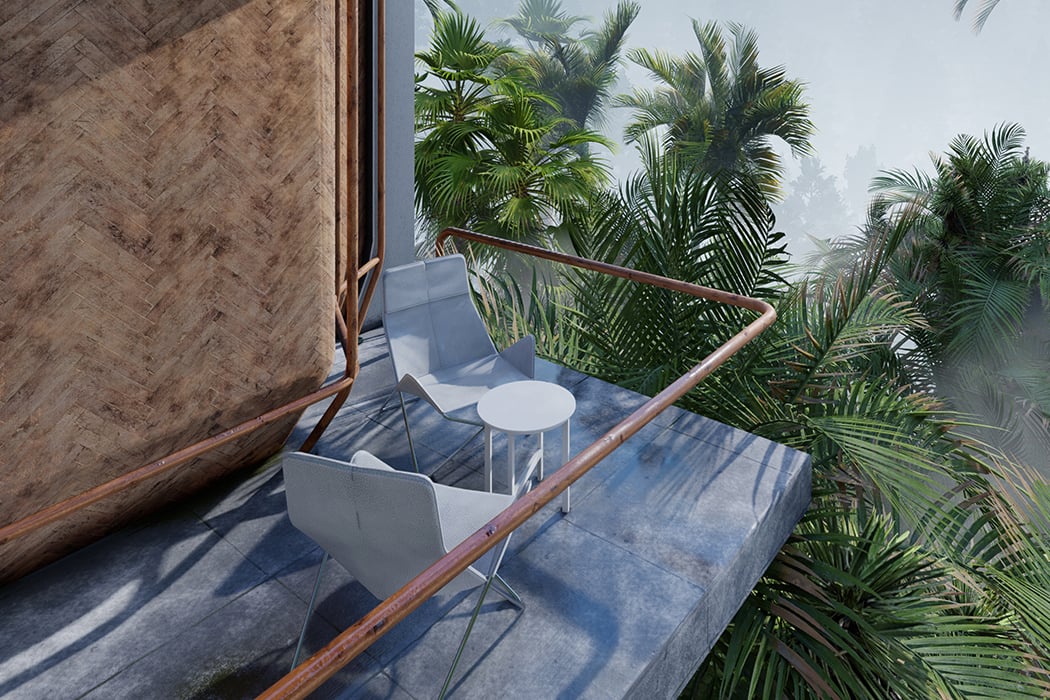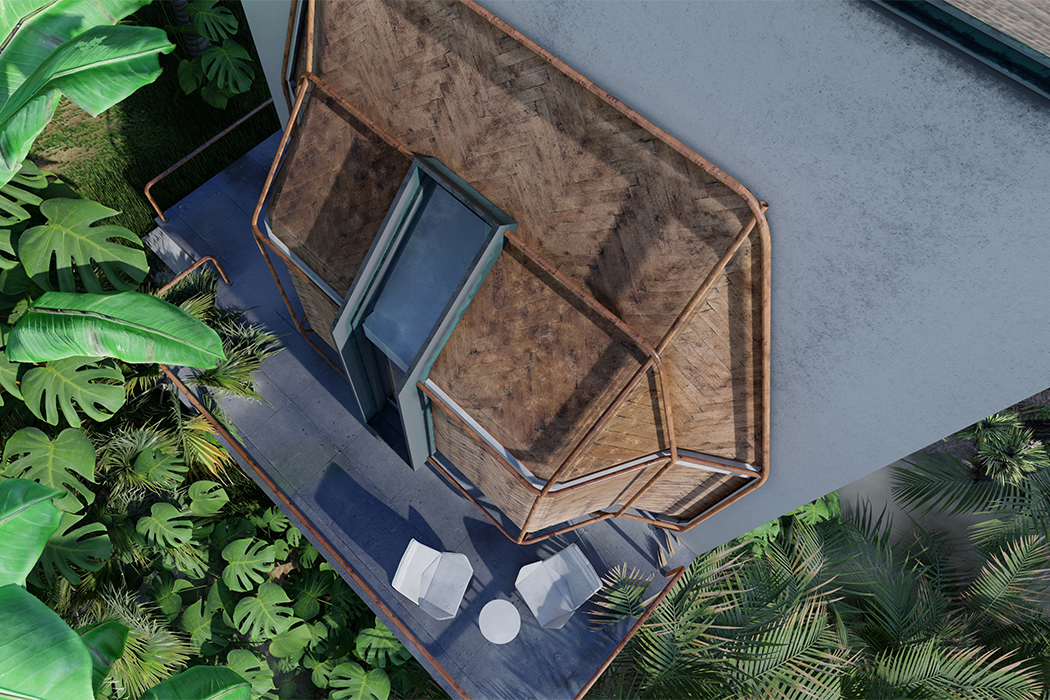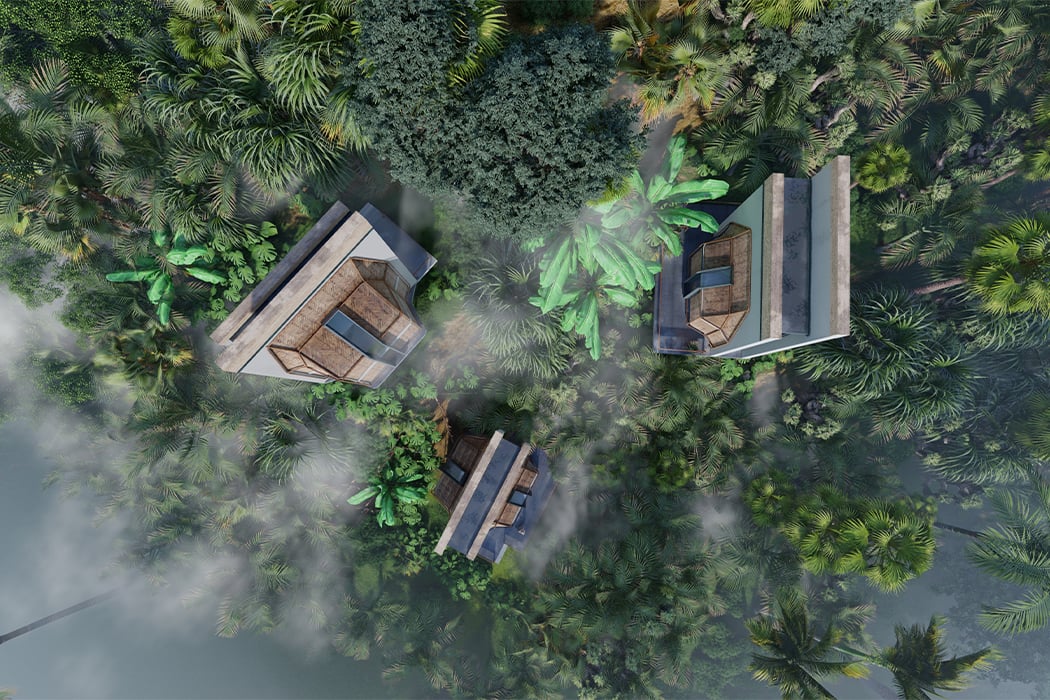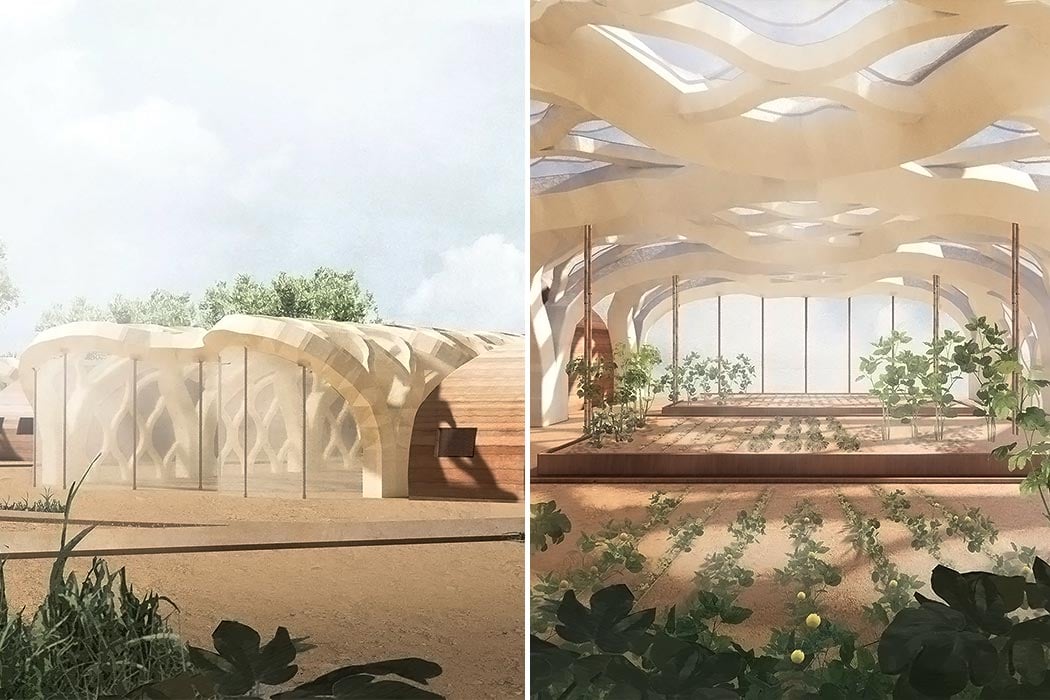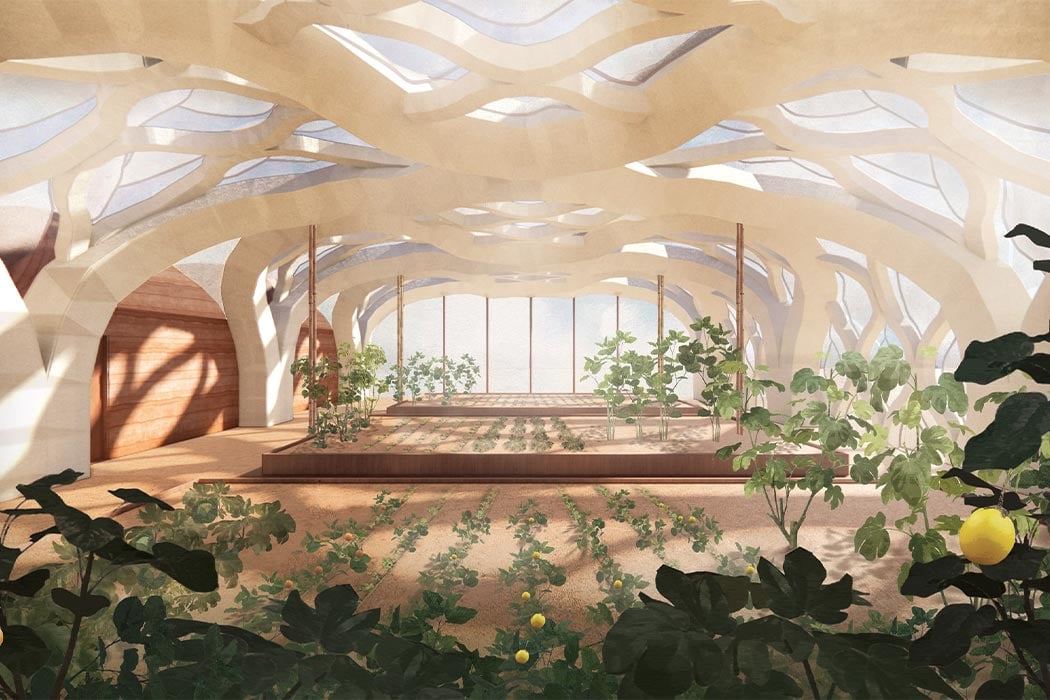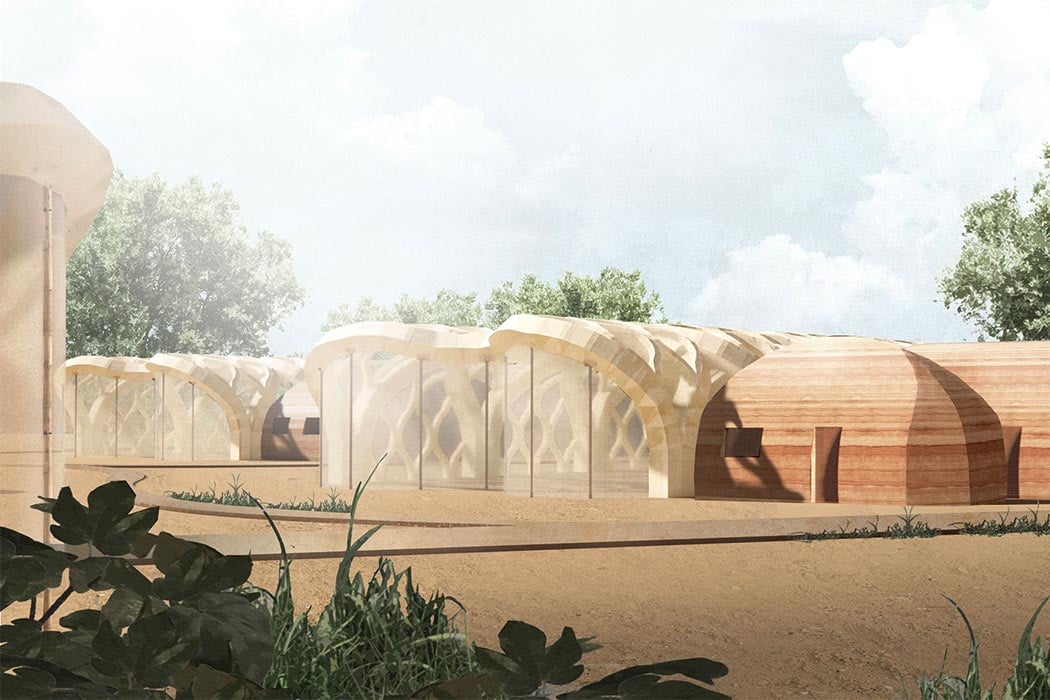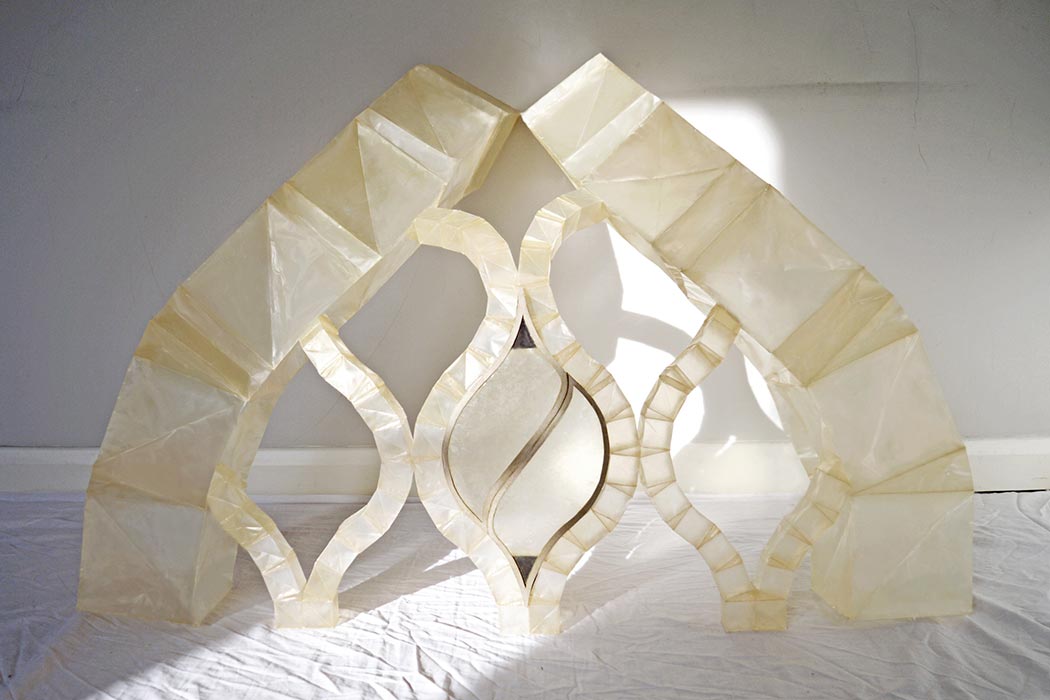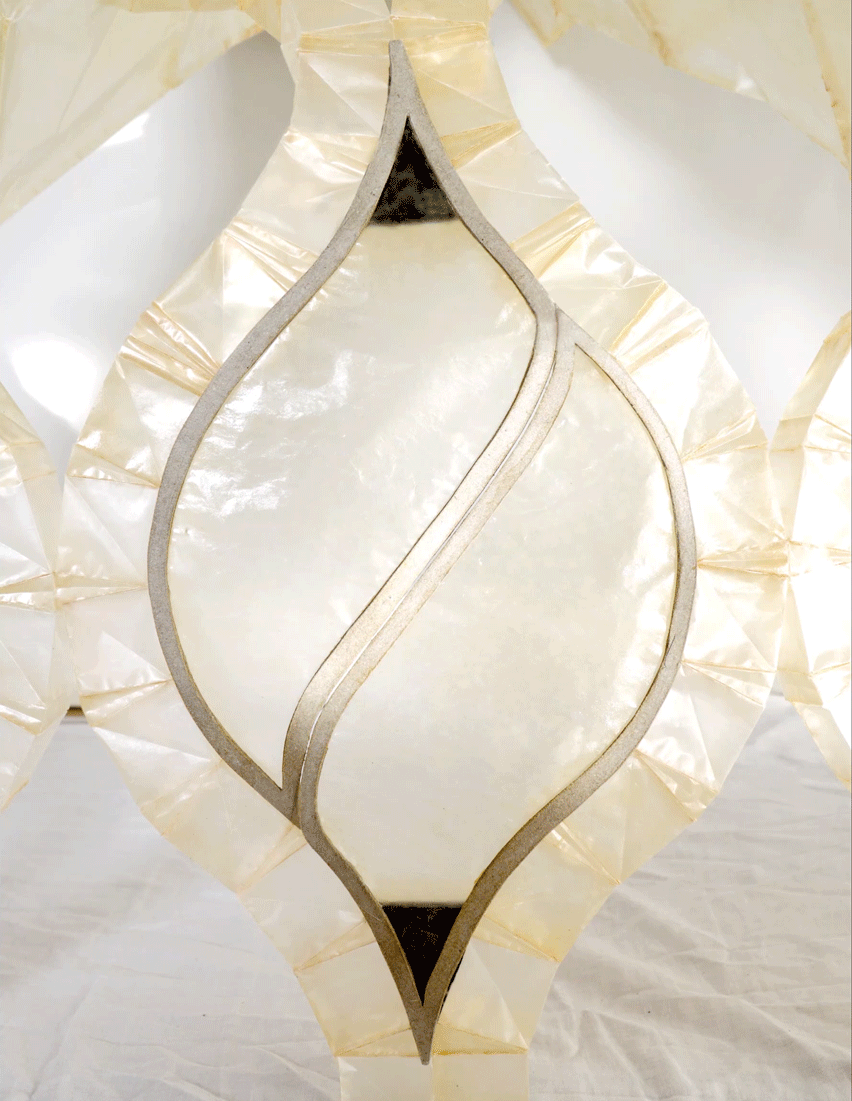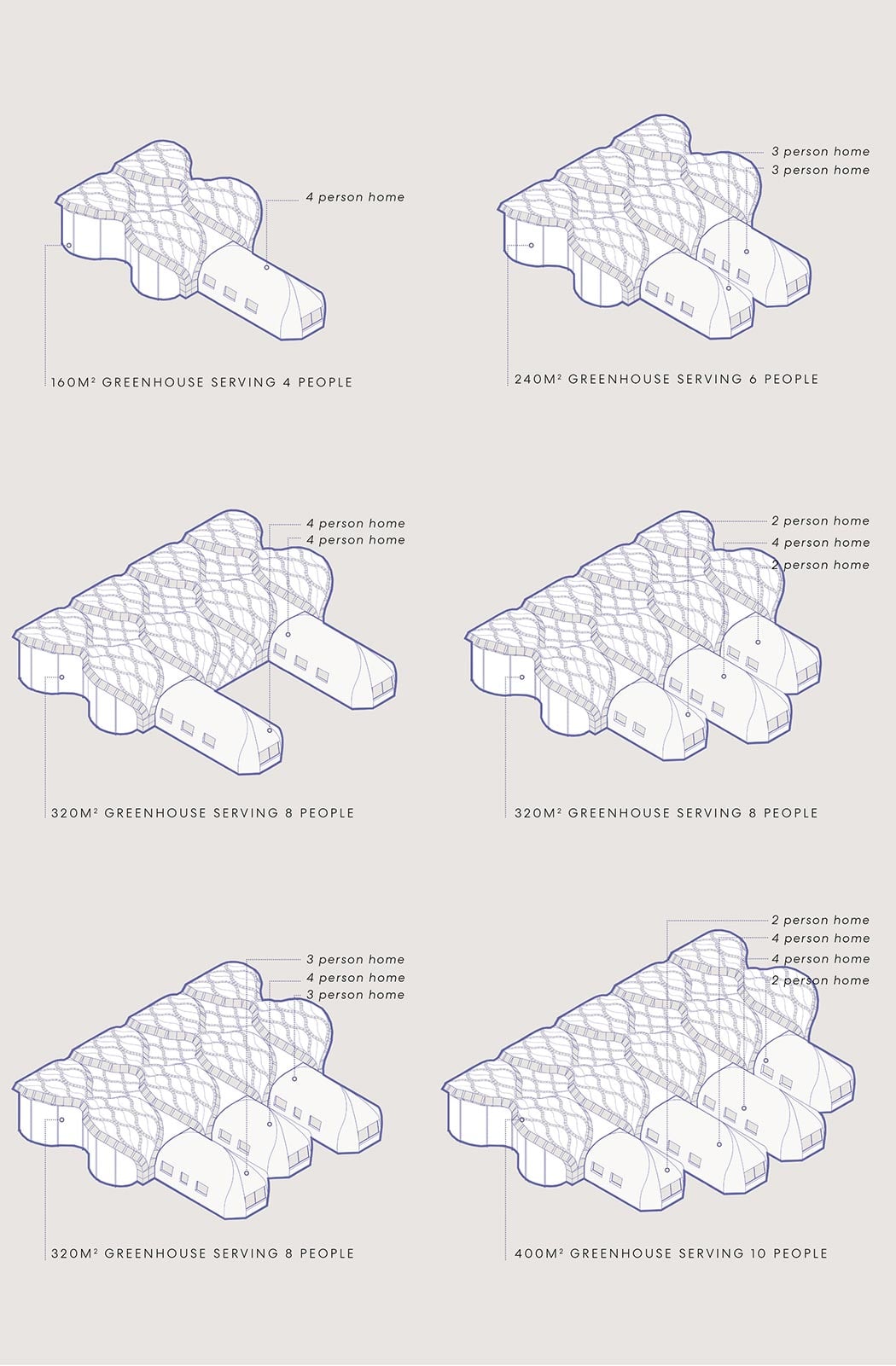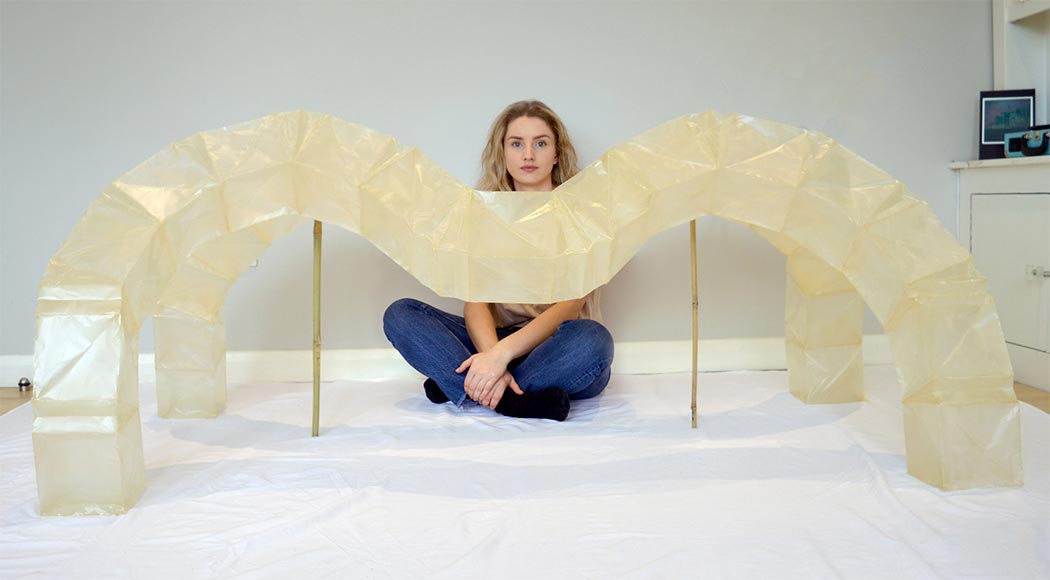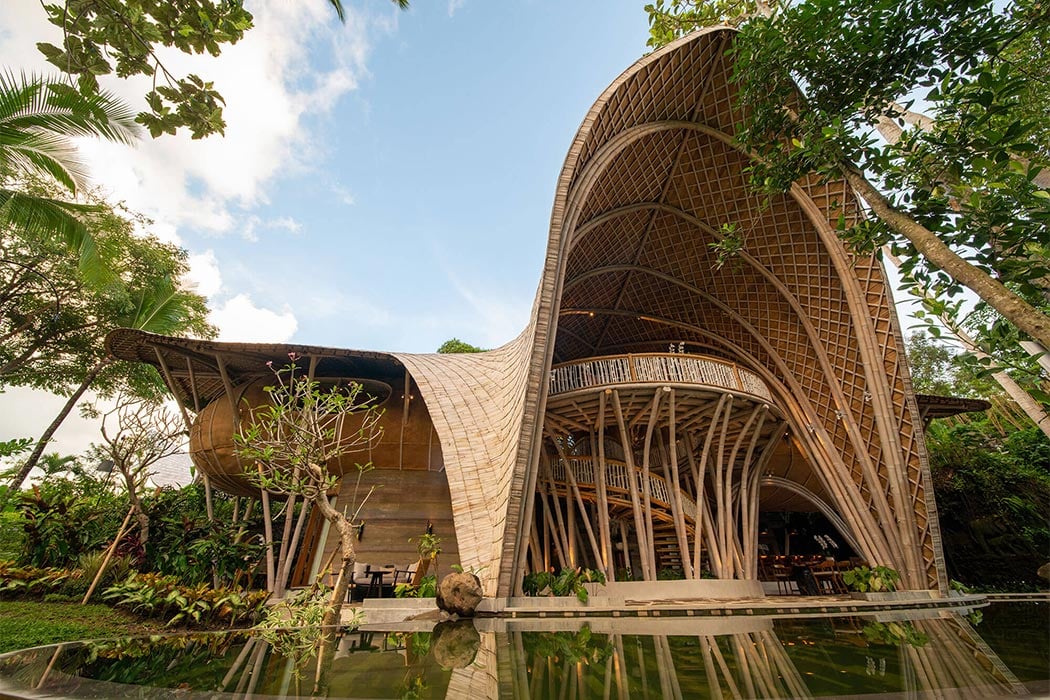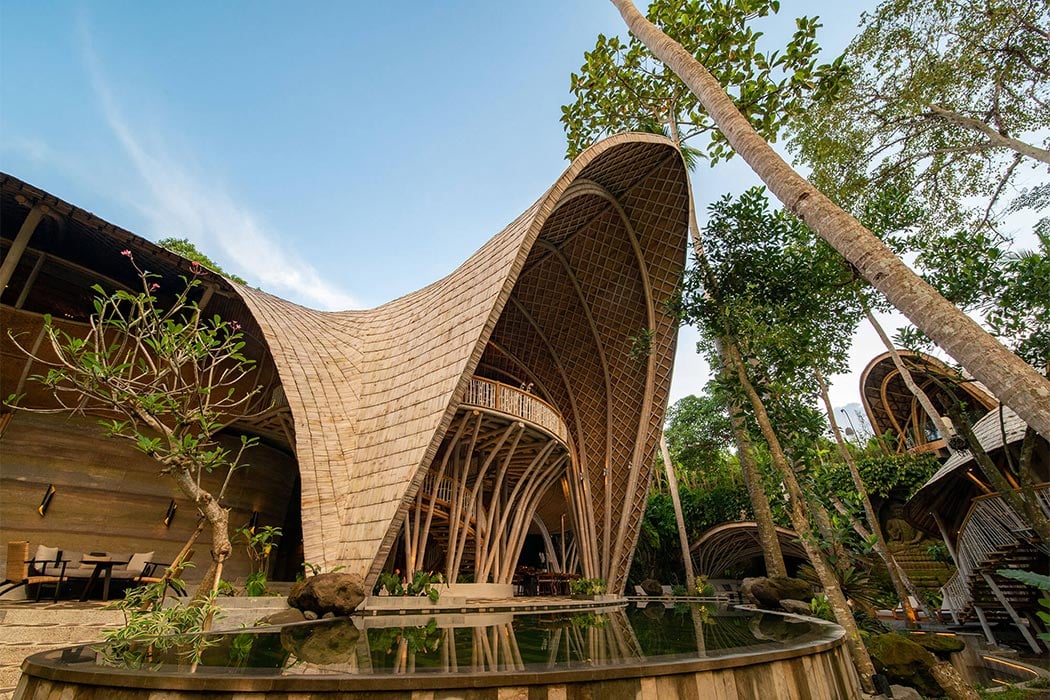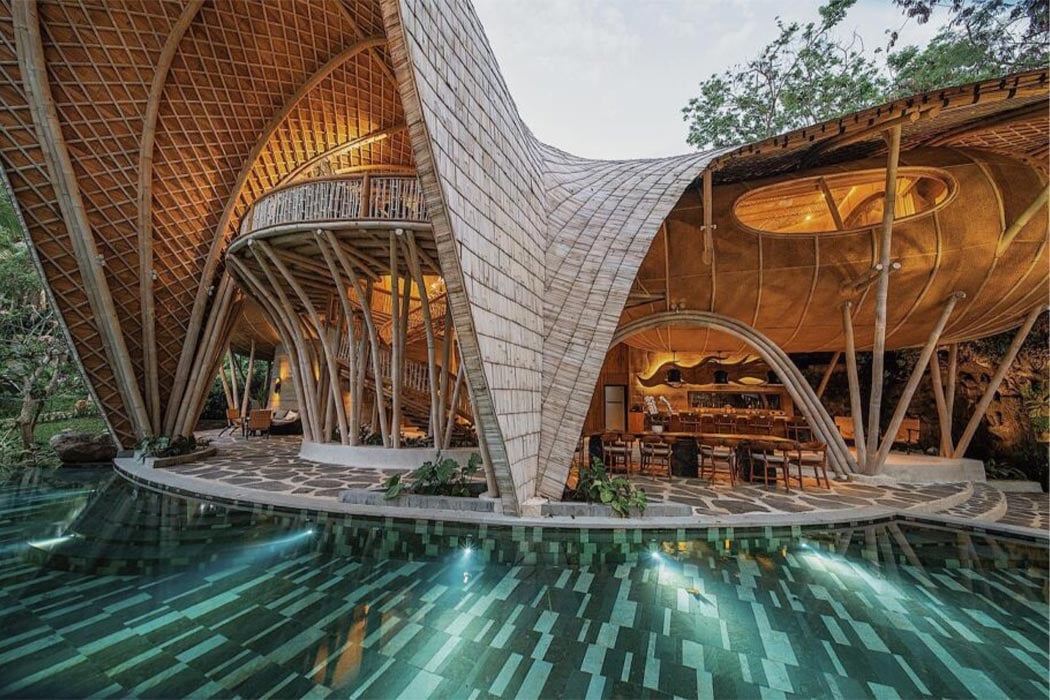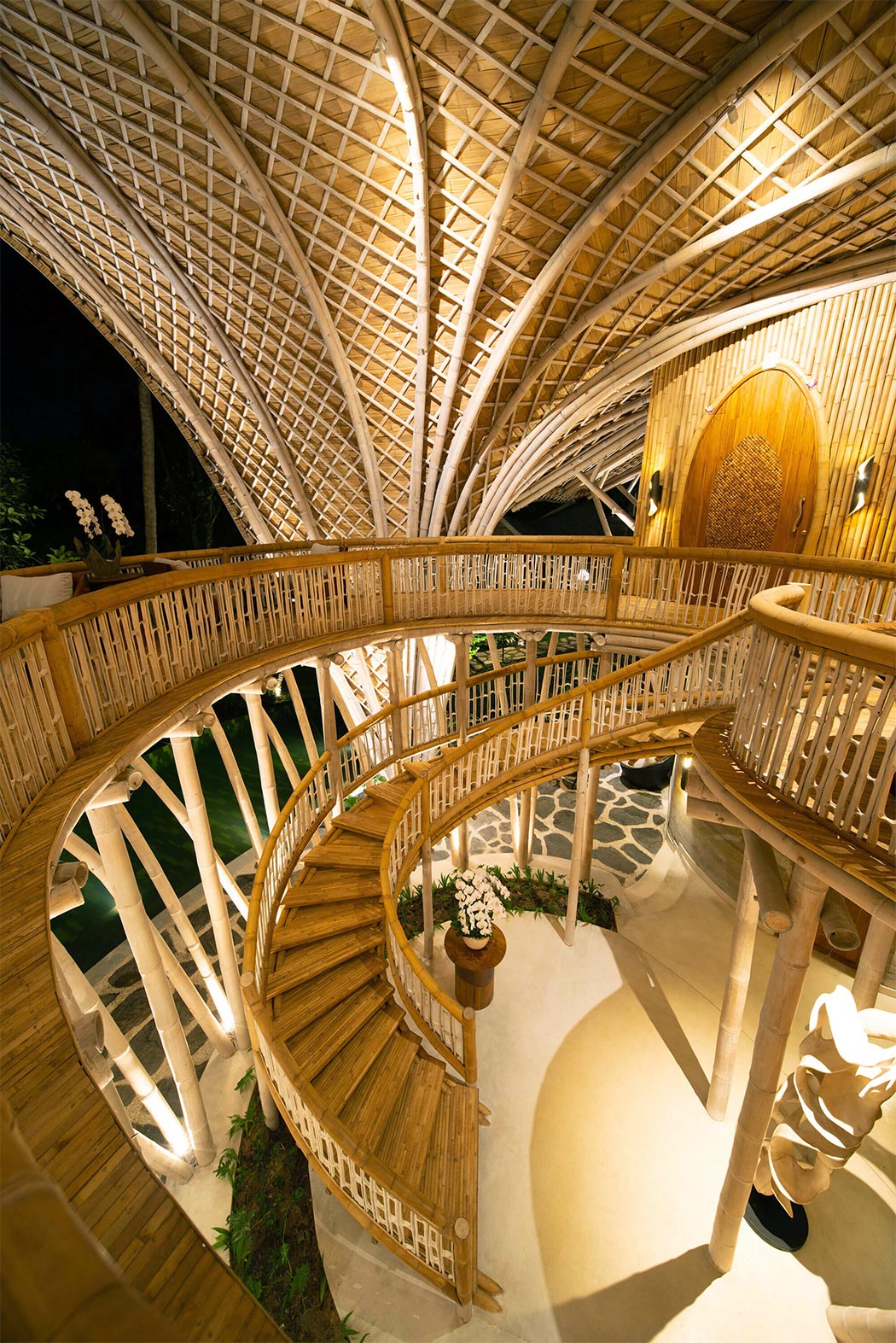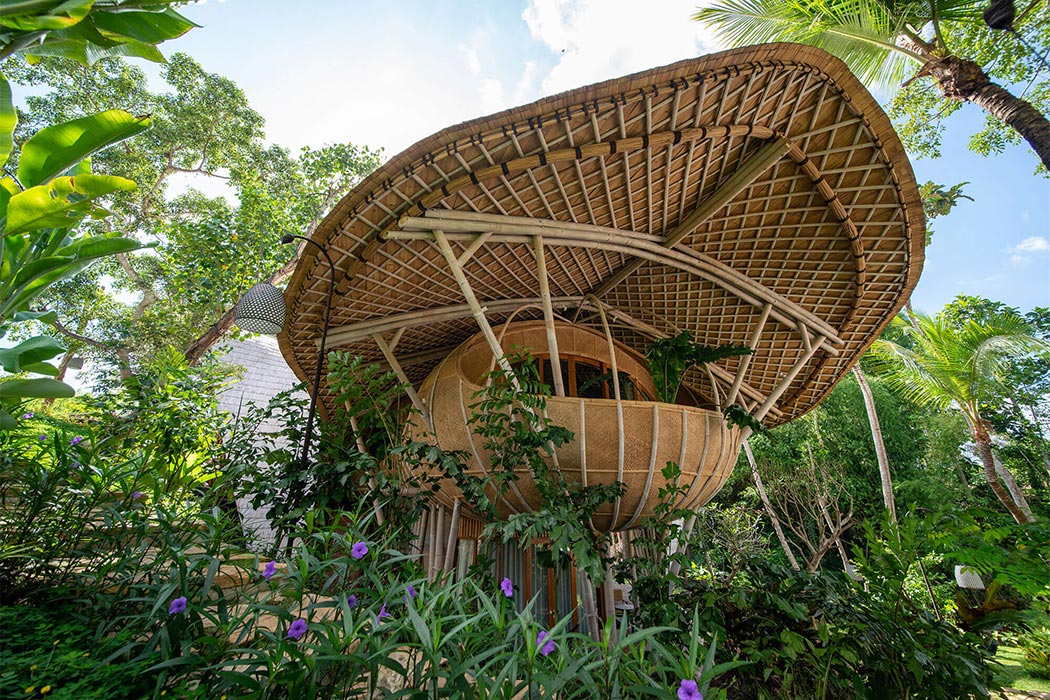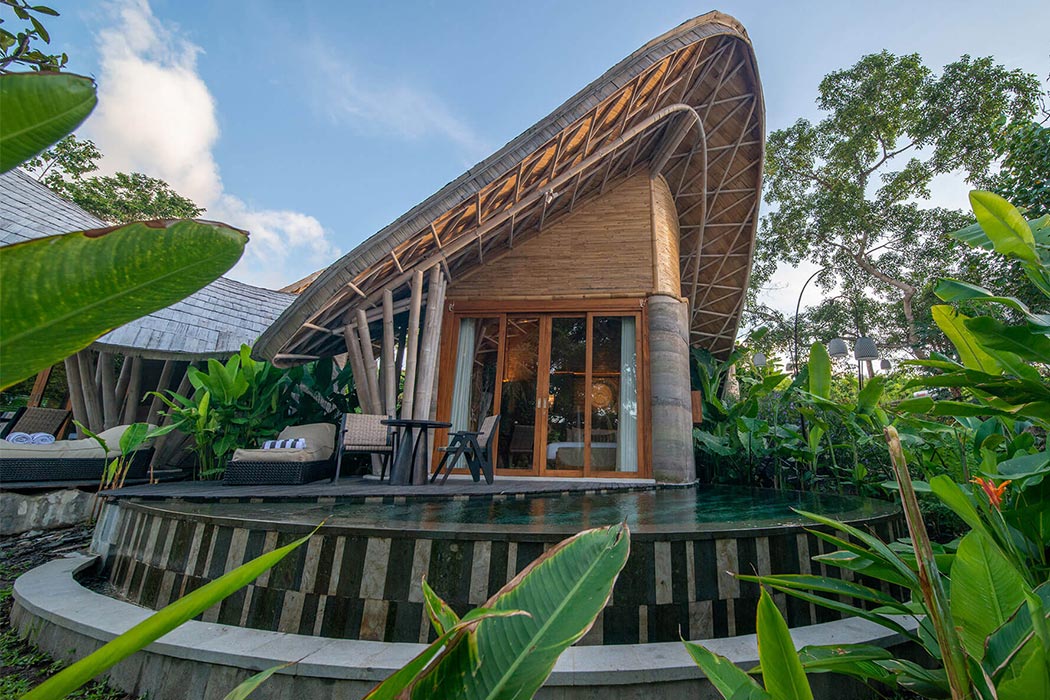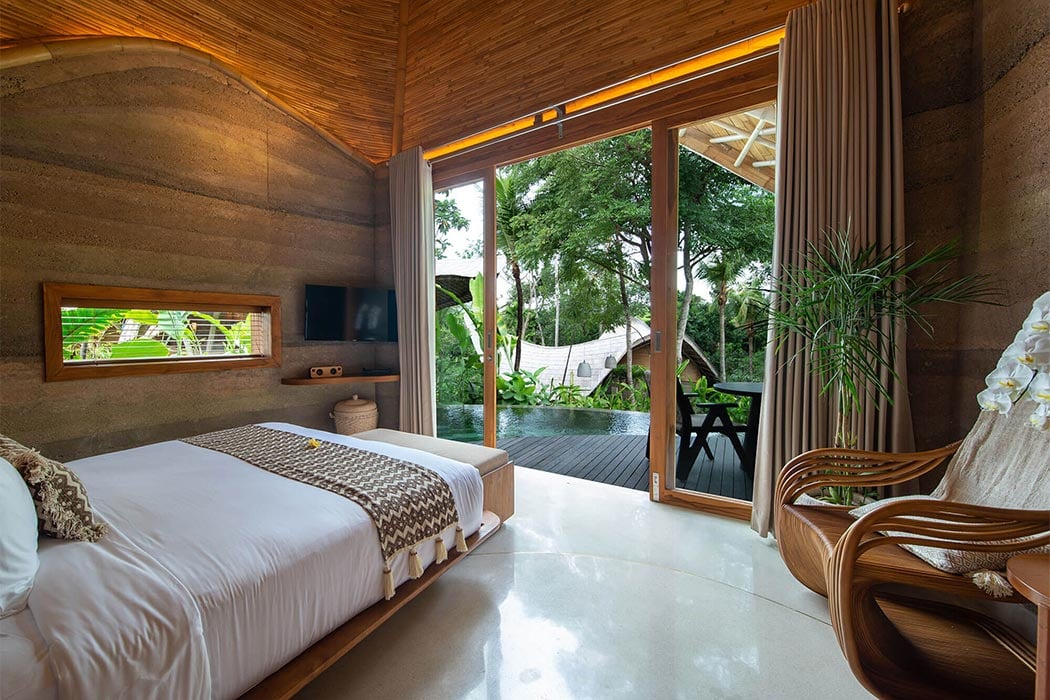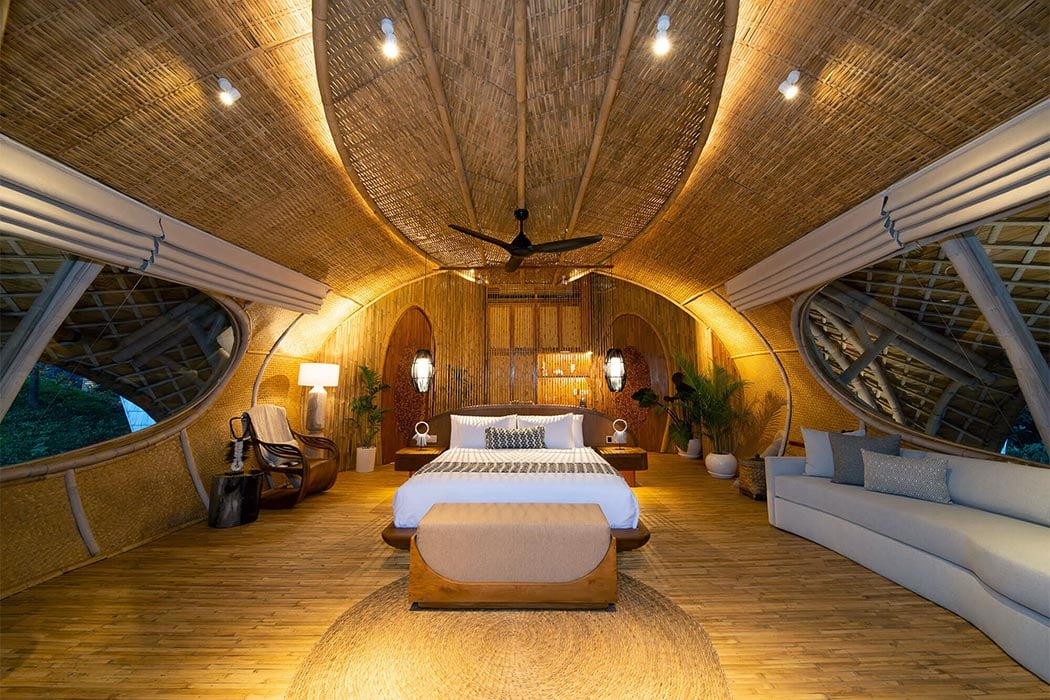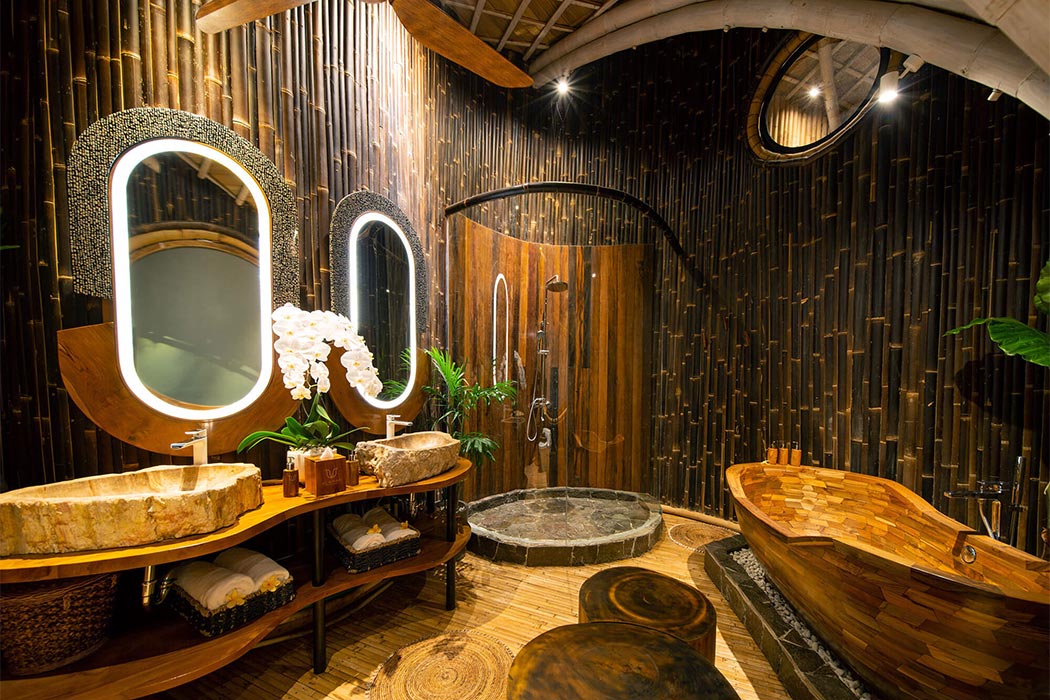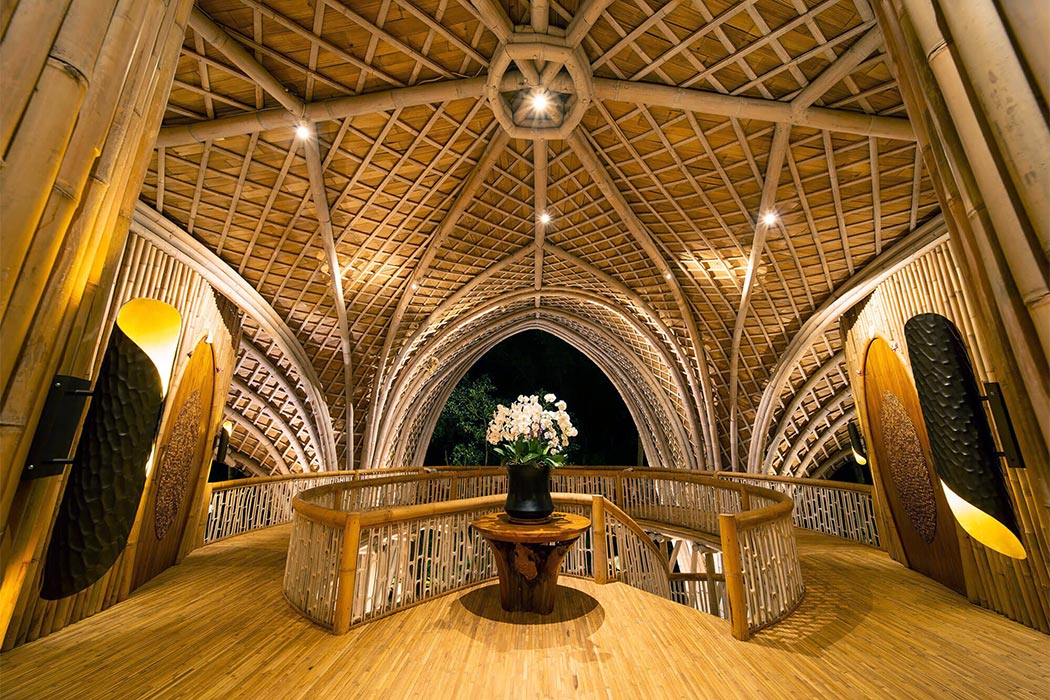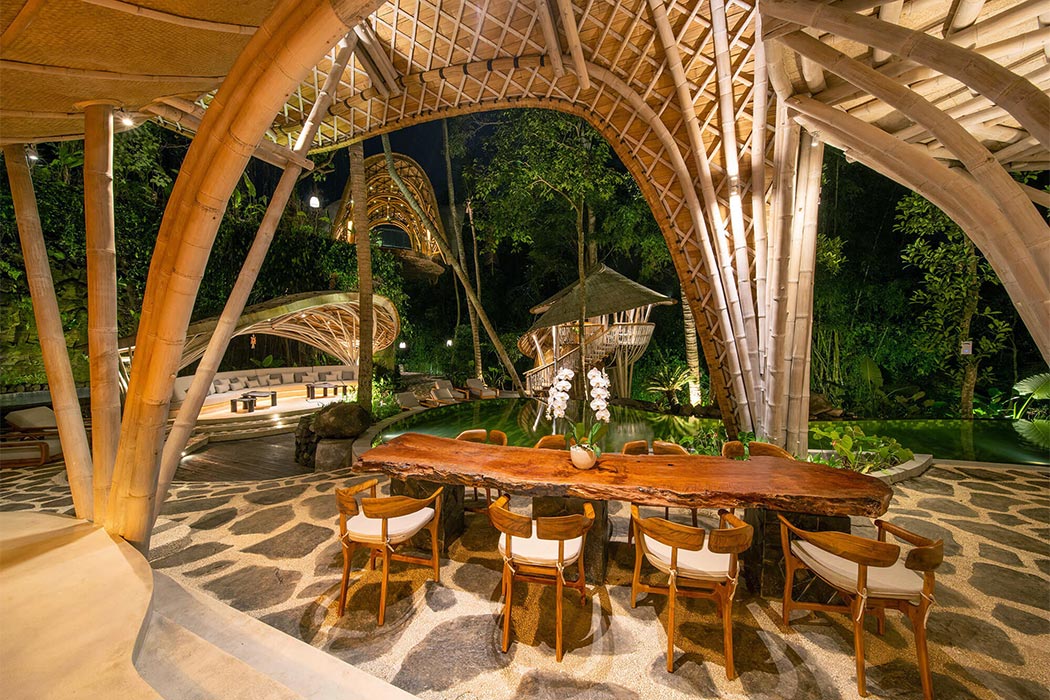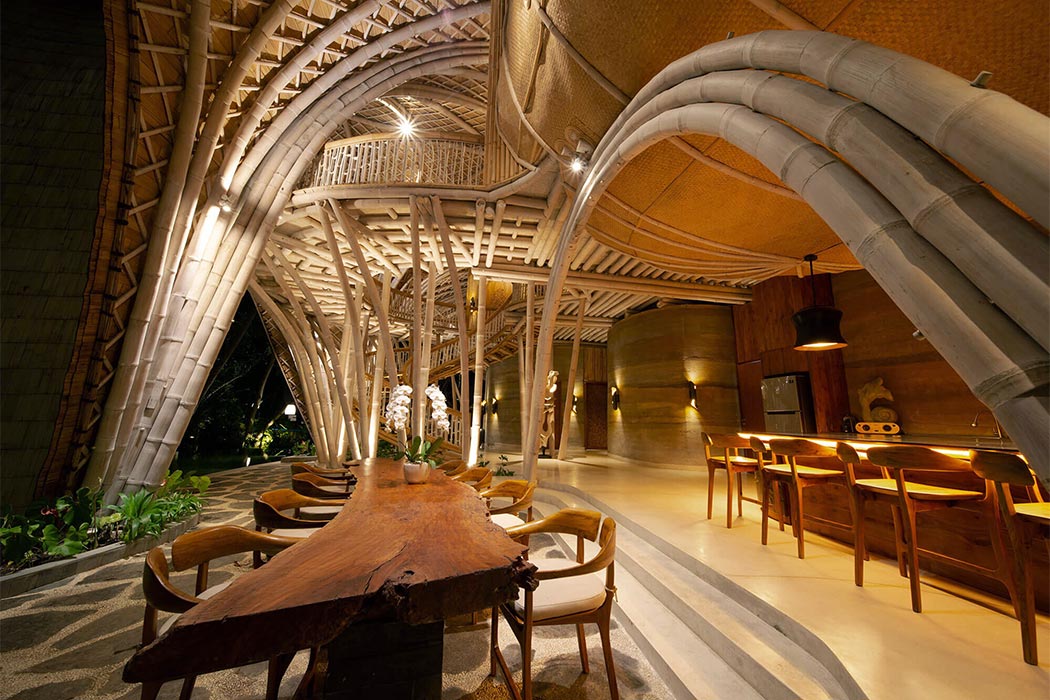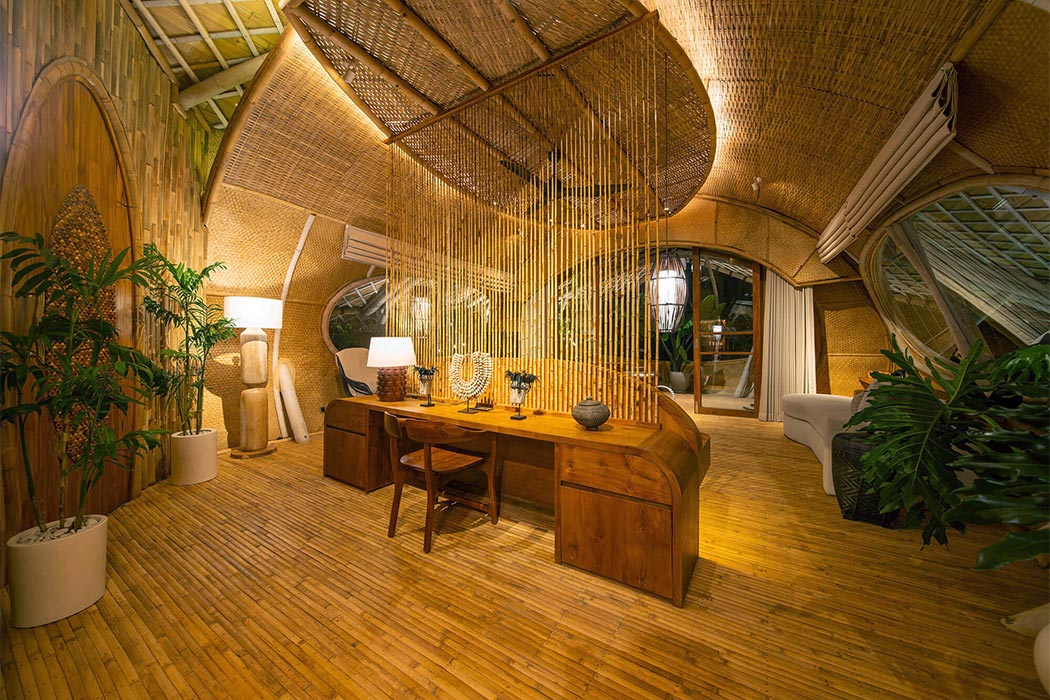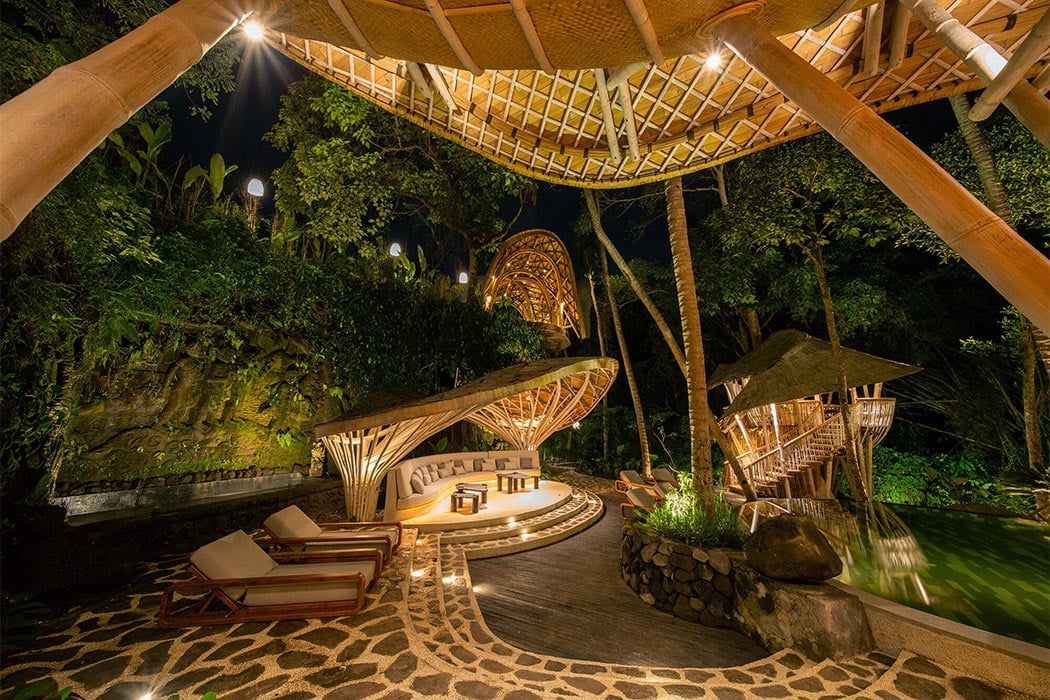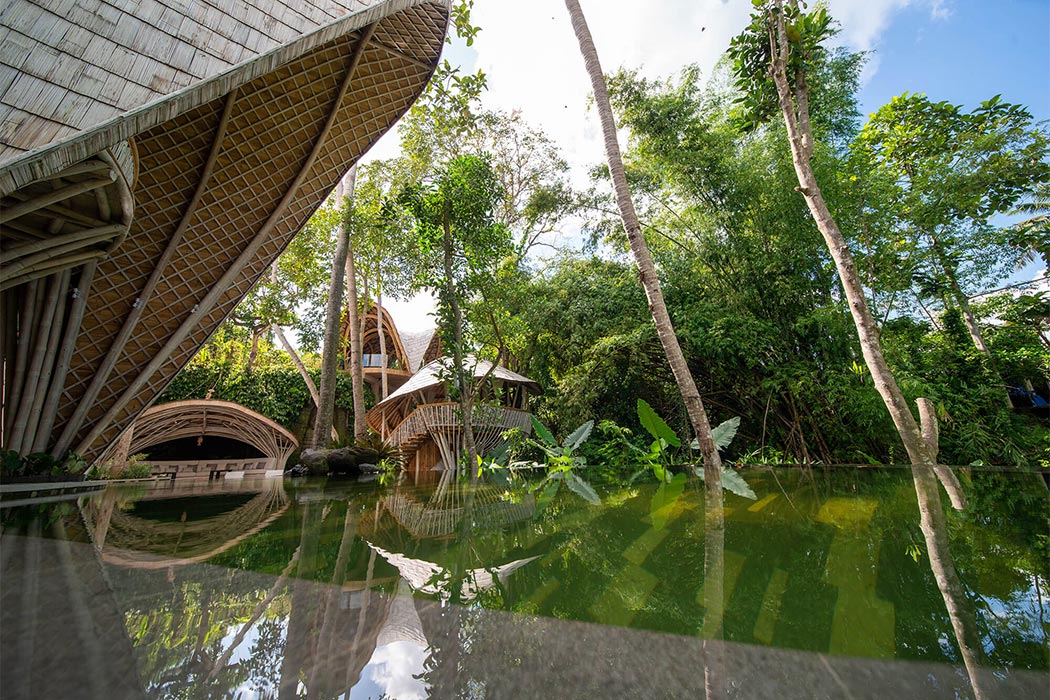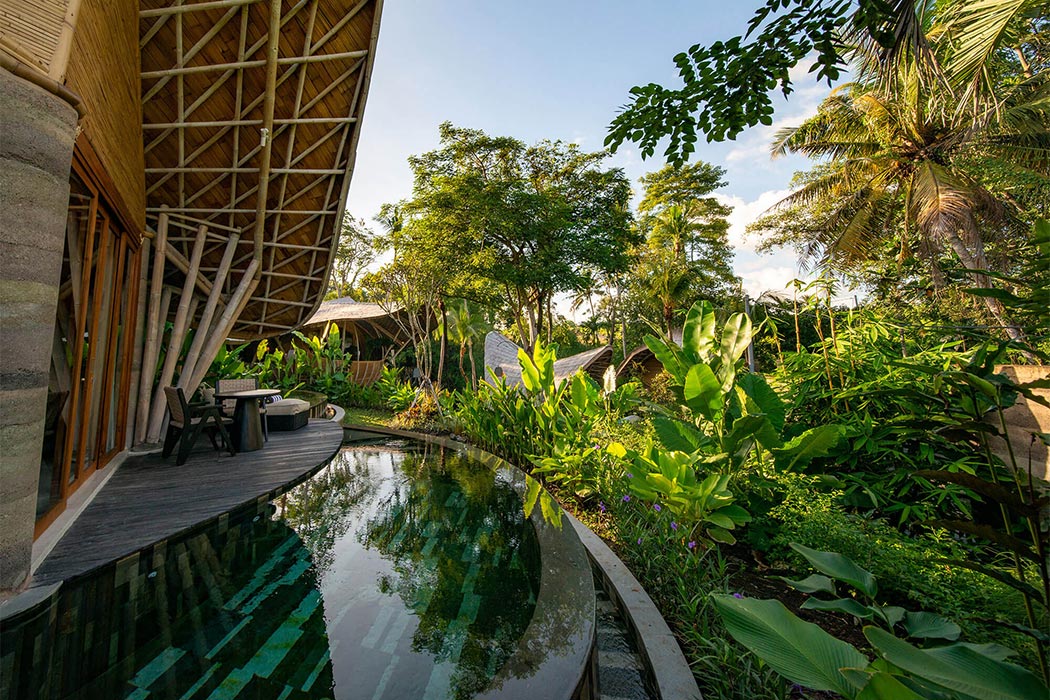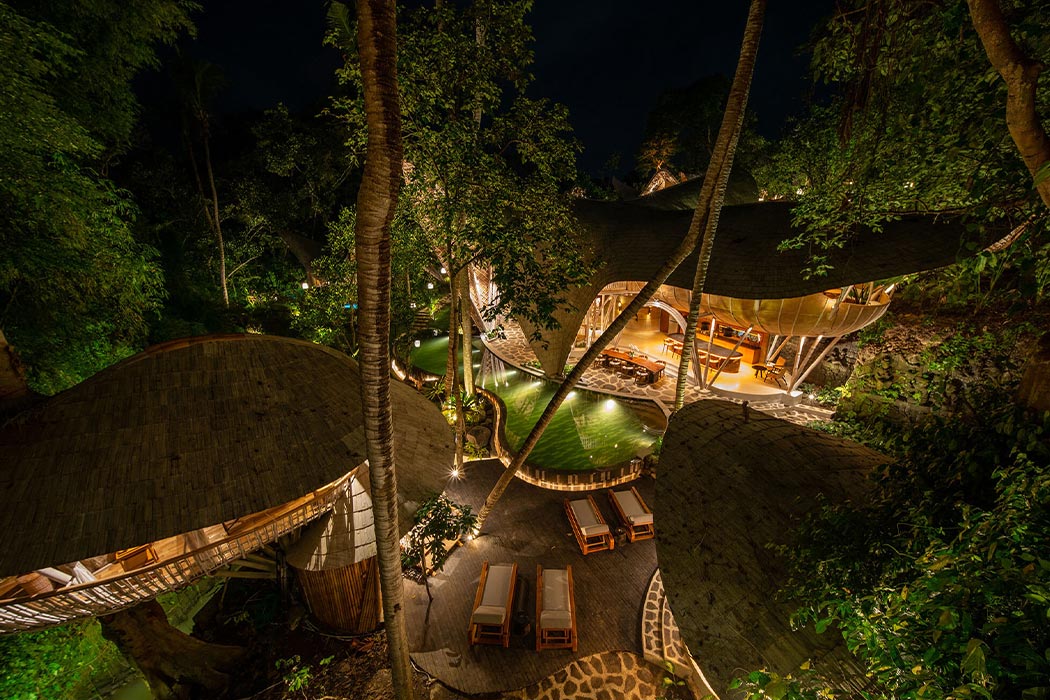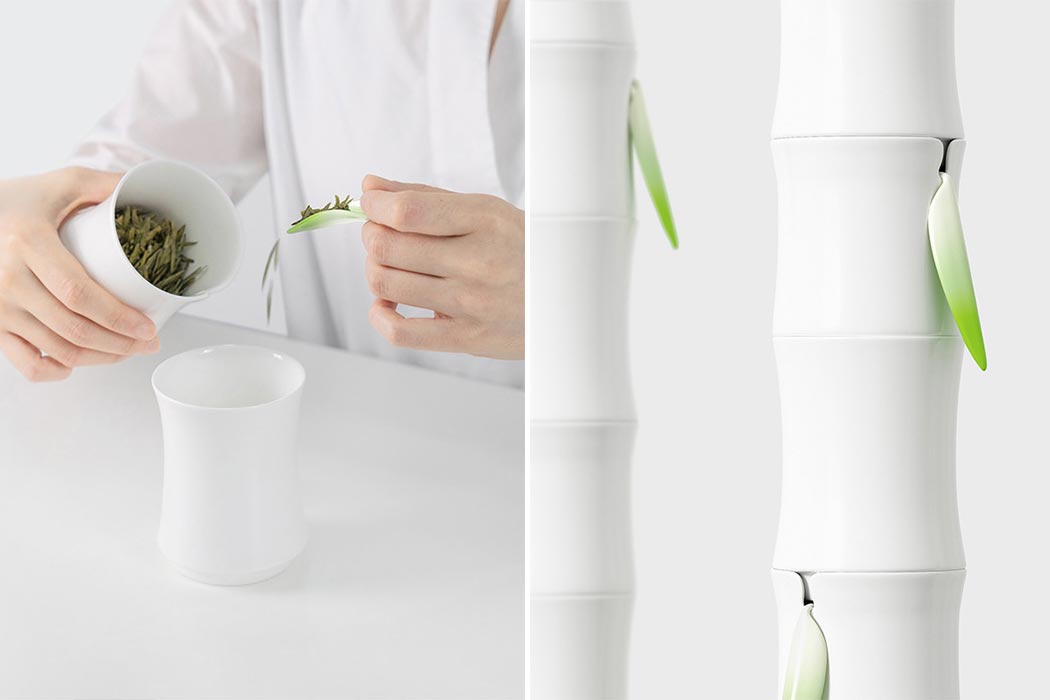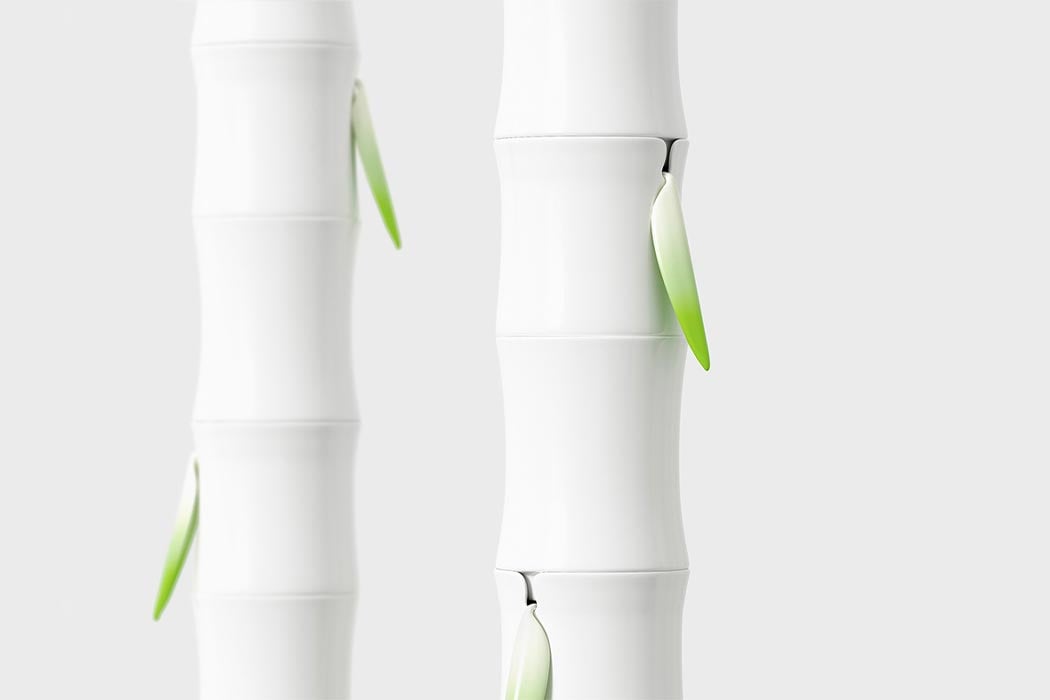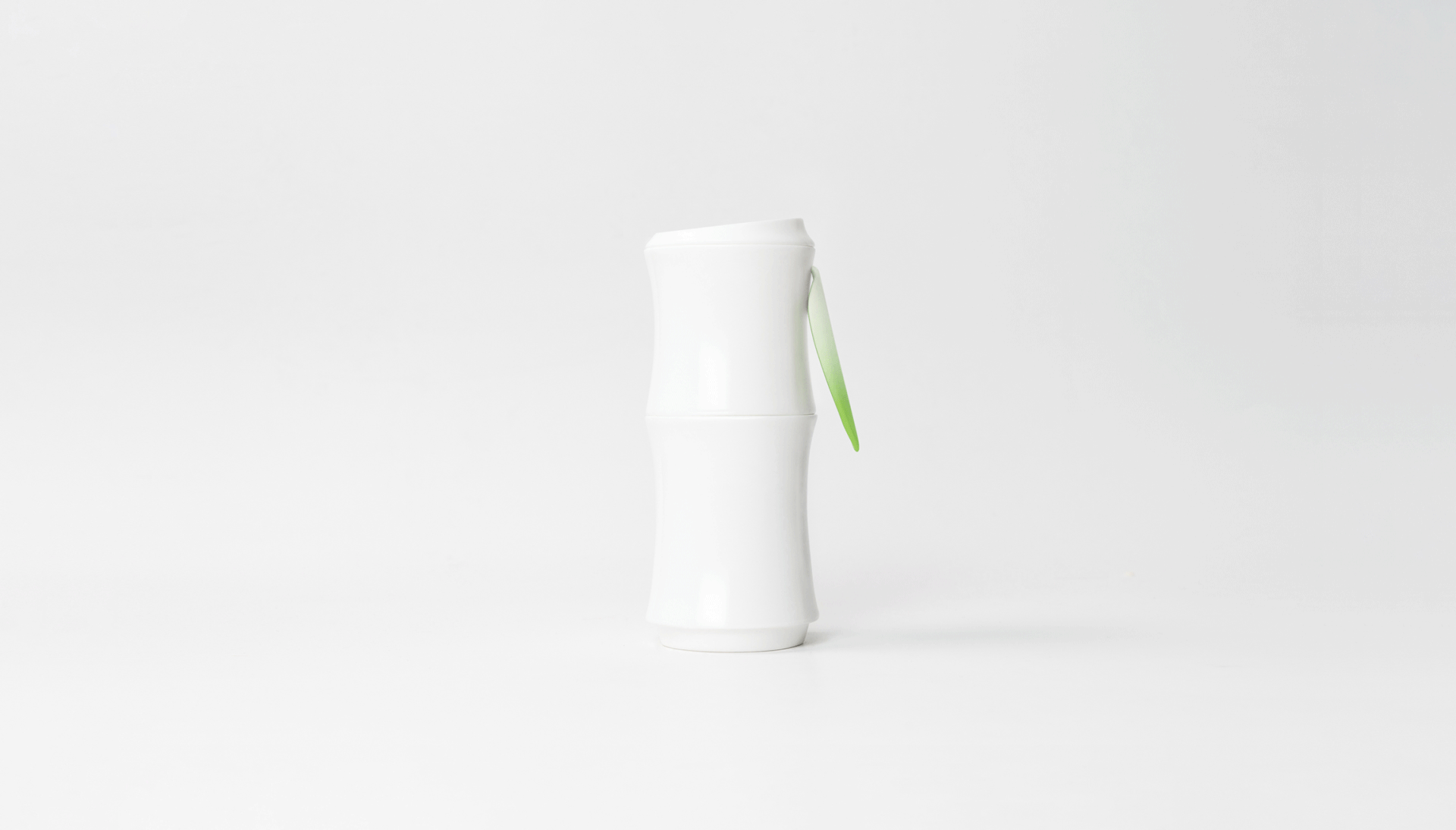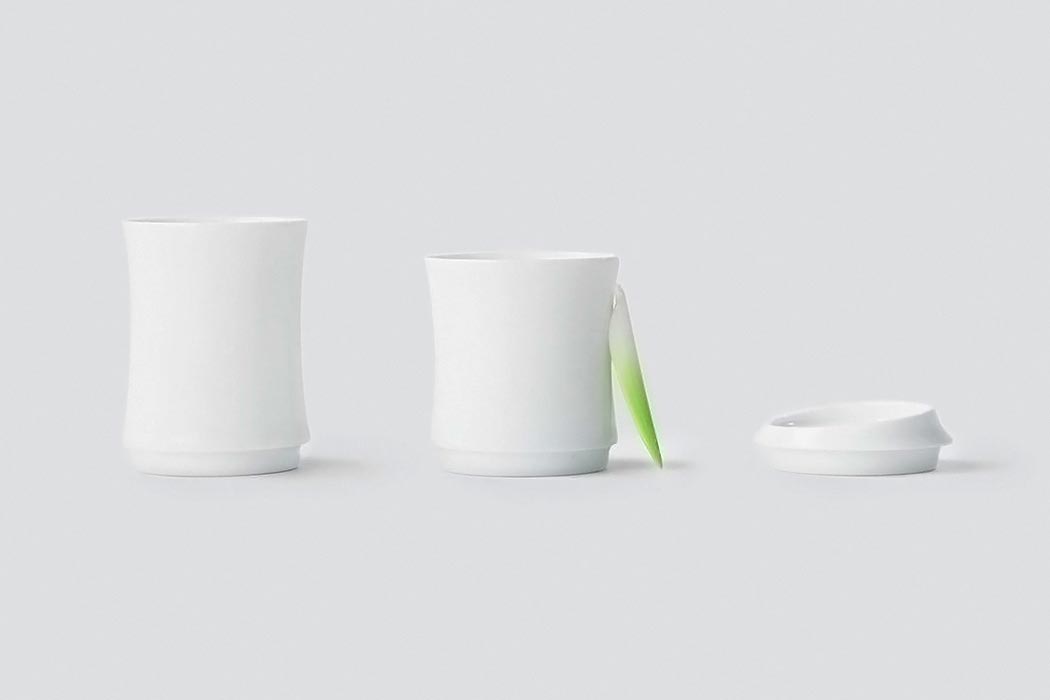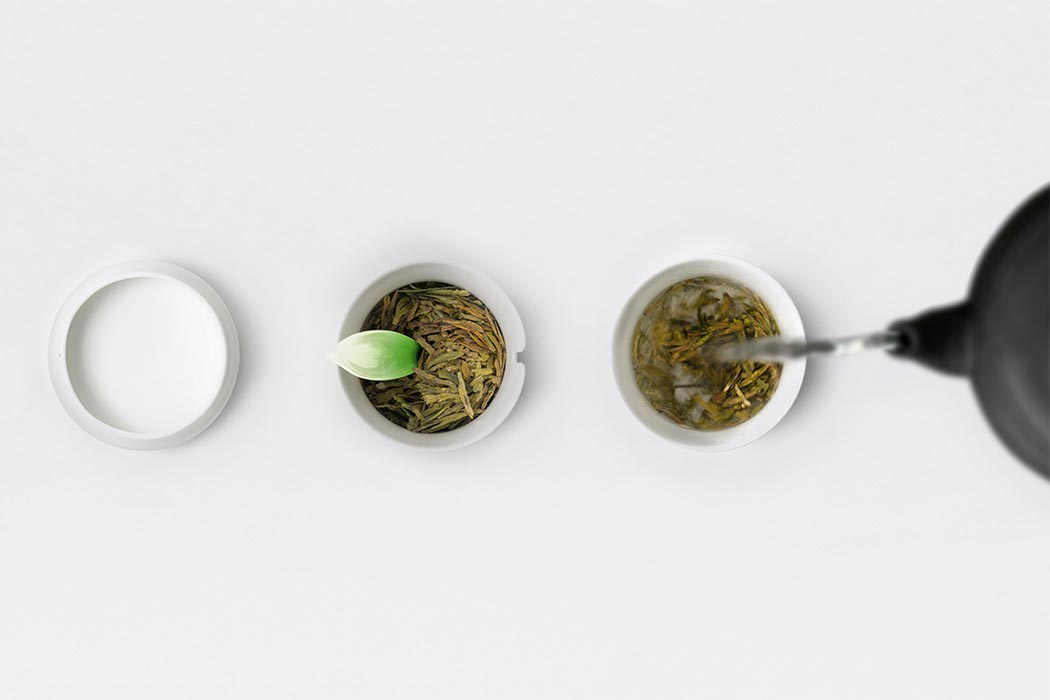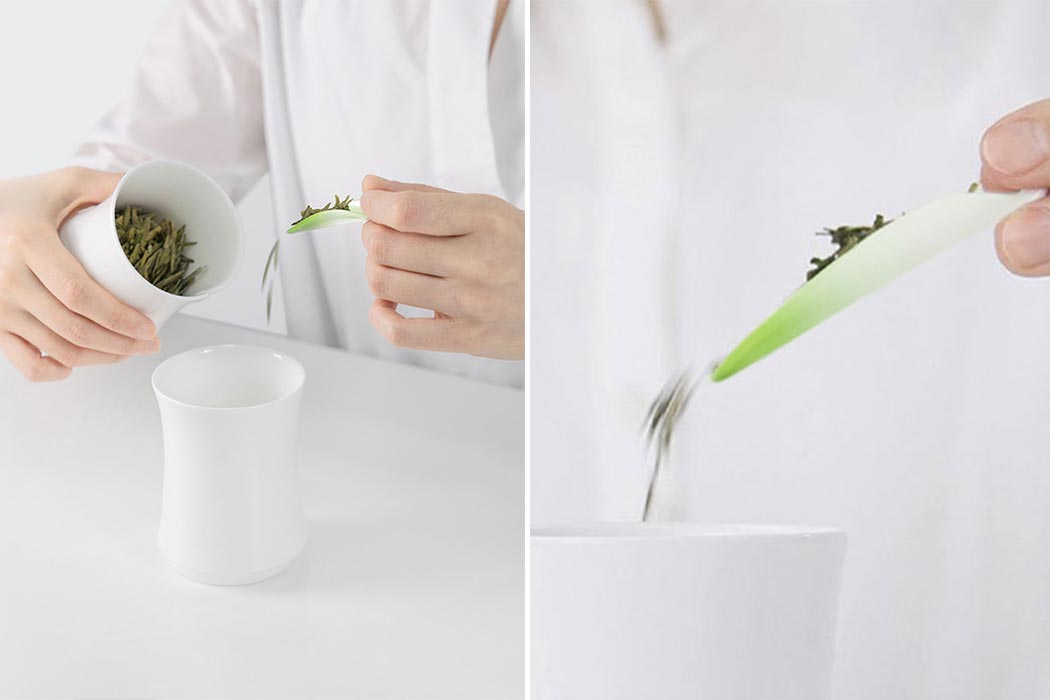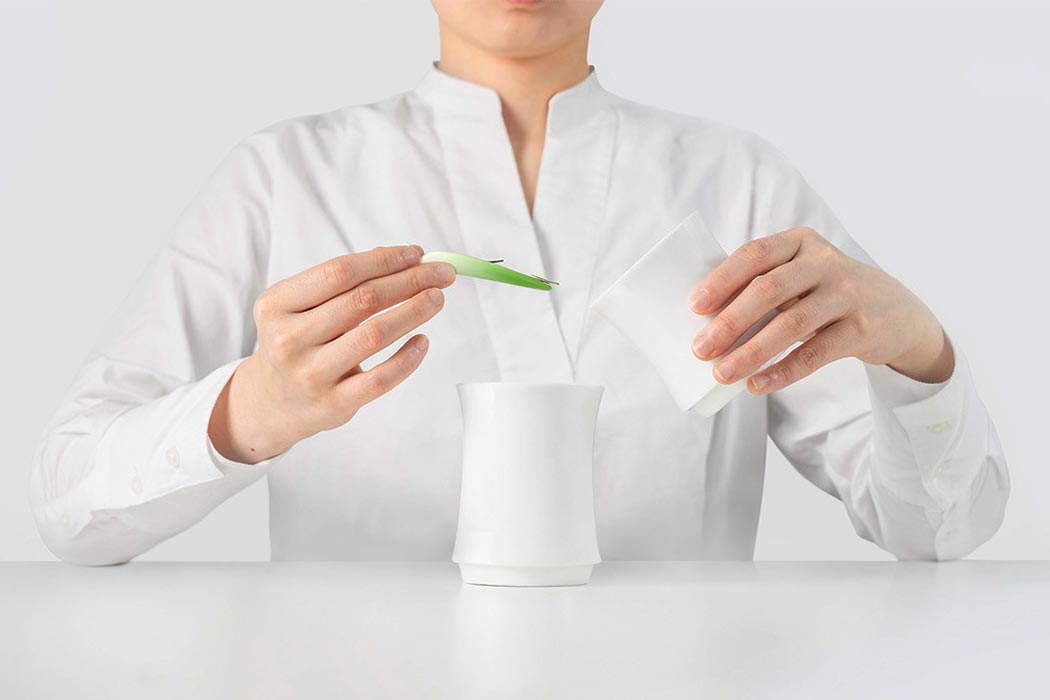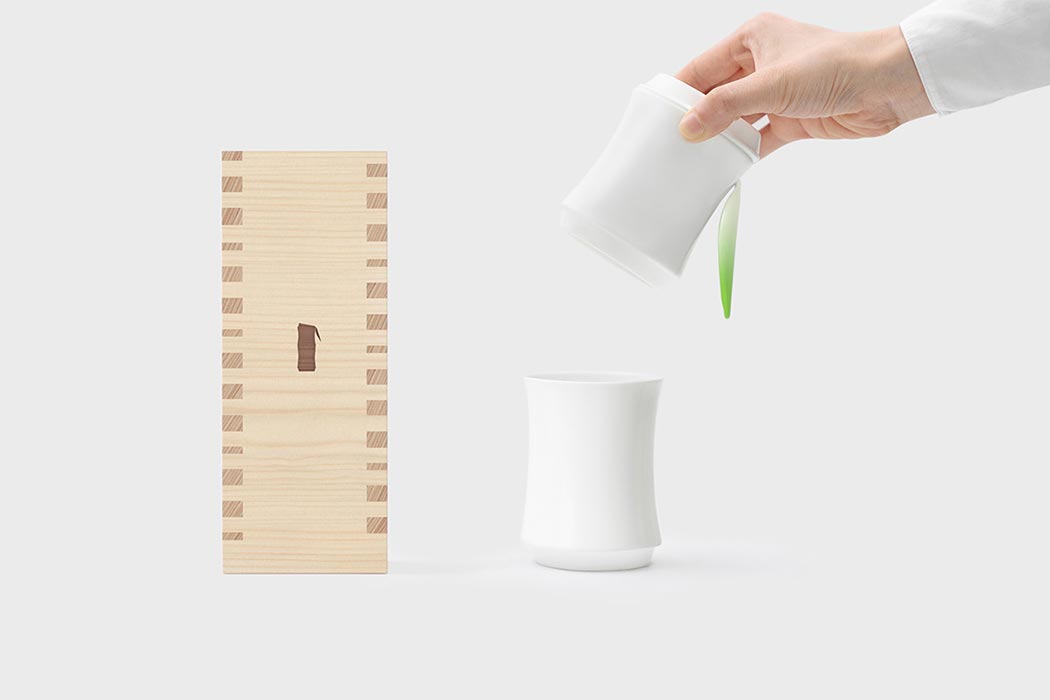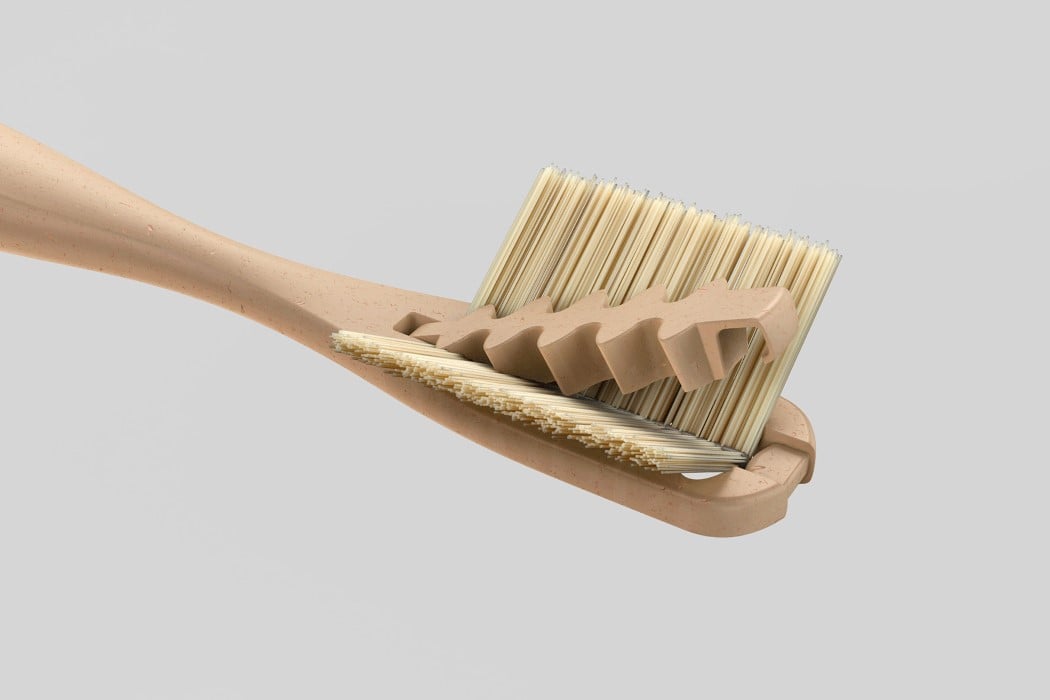
Bamboo is a wonderful natural renewable resource that is capable of rapid growth and an alternative the designers can use to avoid deforestation. It’s tensile strength and flexibility makes it an ideal material for durable products as well as seismic-resistant constructions. It is incredibly lightweight and fire-resistant (it can withstand temperatures up to 4000°C). While it gets all points for being eco-friendly, we’ll give it a few more because it’s also cost-effective. Happy World Bamboo Day! Scroll down for our top 10 Bamboo designs!
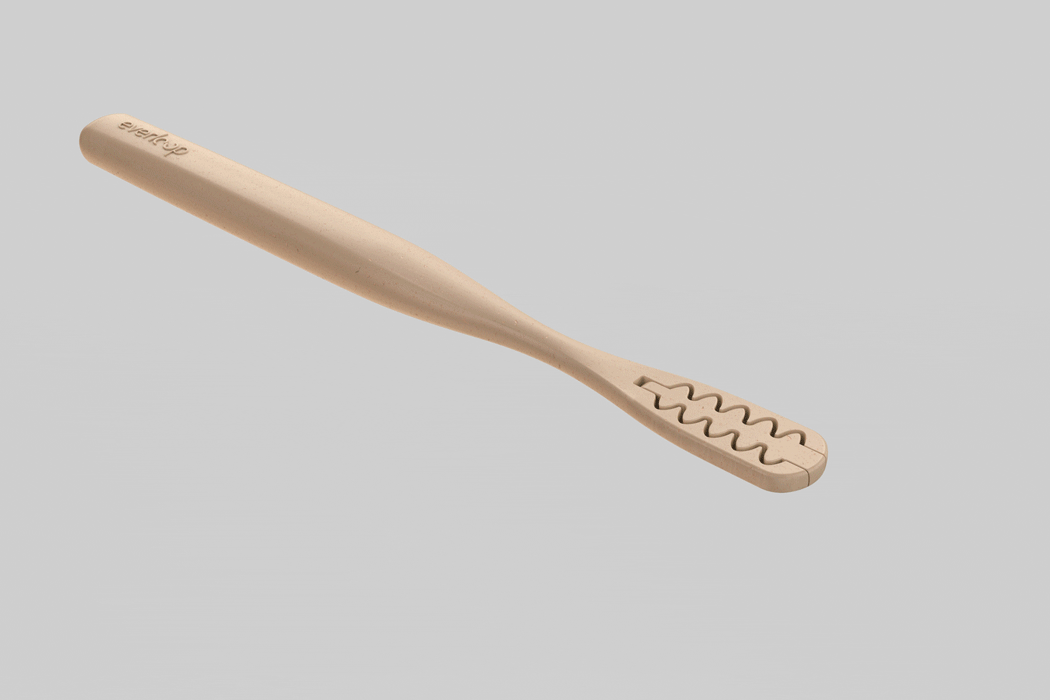
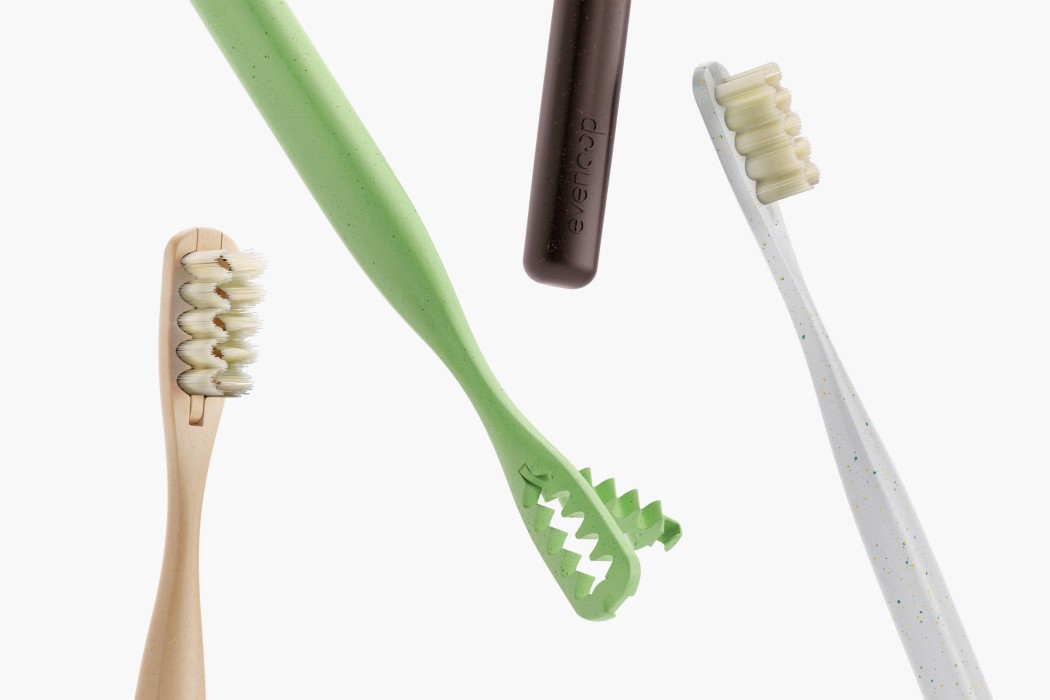
The Everloop Toothbrush from NOS tackles this problem head-on by using a recycled plastic handle and disposable bamboo bristles. Taking on a unique cradle-to-cradle approach, the brush comes with a plastic handle that is, in fact, made from recycled toothbrushes. At the very end is a clamping mechanism that allows you to attach 100% natural bamboo bristles to the toothbrush’s head. The idea is to retain the plastic handle and periodically replace the bamboo bristles every few months. The bamboo bristles have absolutely no plastic in them, allowing them to easily be disposed of, or composted in a way that doesn’t harm the environment.
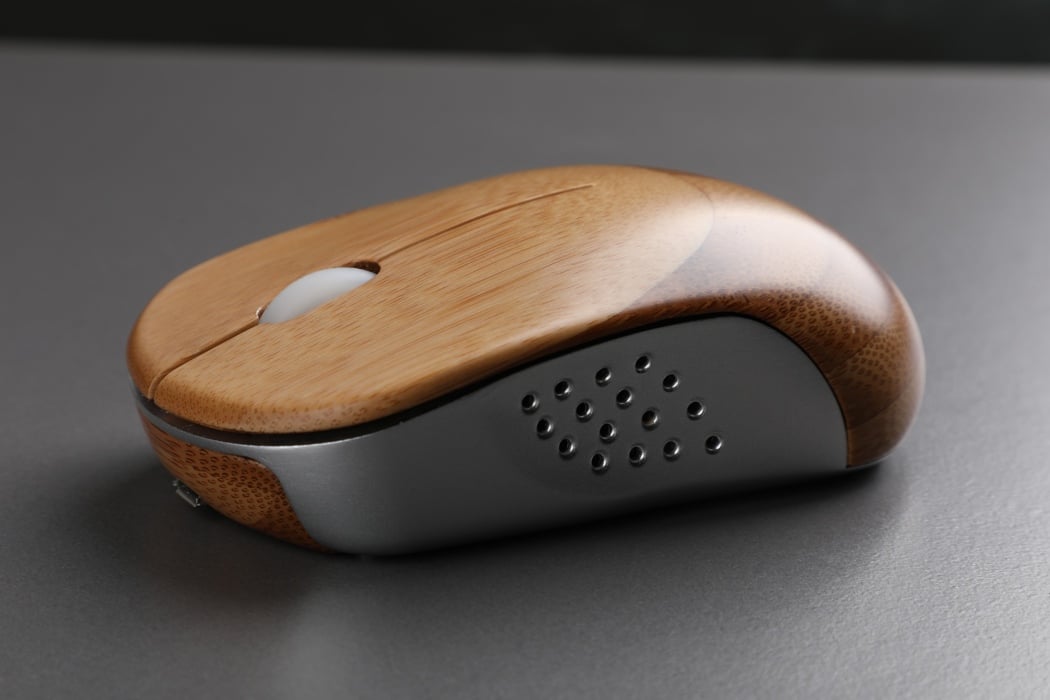
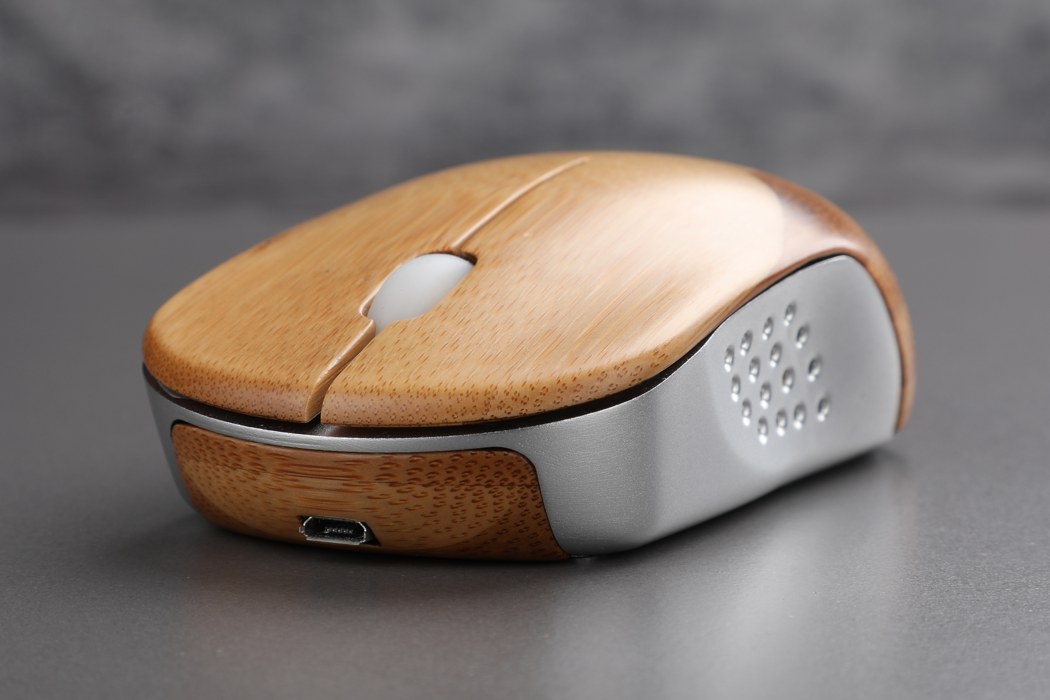
Ice Mouse by Aloic claims to be the only mouse designed with ventilation and breathability in mind. Now I don’t possess any data in front of me that says traditional mice tend to heat up, mine probably doesn’t, but I do like the idea of a mouse that is both unique looking and 100% plastic-free. The Ice Mouse comes with a bamboo upper that promotes breathability, making sure your palms don’t work up a sweat with hours of use. The bamboo component is CNC machined from a layered block of bamboo plies, doing a pretty remarkable job of showcasing the wood-grain while remaining entirely unique in its grain pattern. Some may say it almost reflects the uniqueness of the fingers and palm that rest on it! Sitting underneath it is the aluminum base, giving your fingers a metallic surface to hug and sort of complementing the feeling of typing on an aluminum-constructed MacBook.
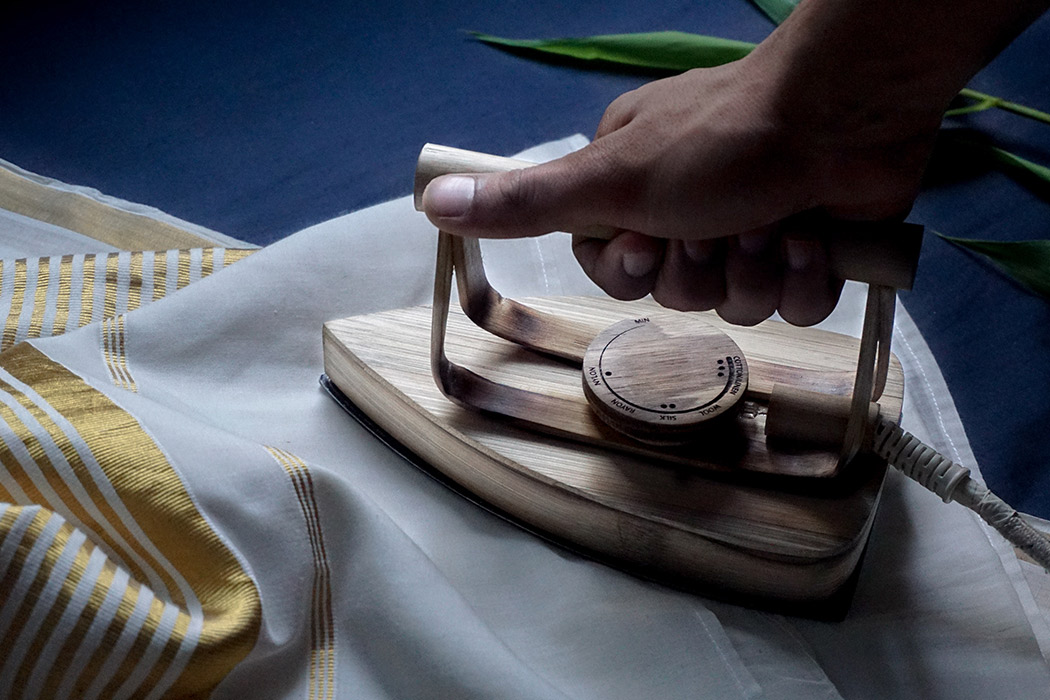
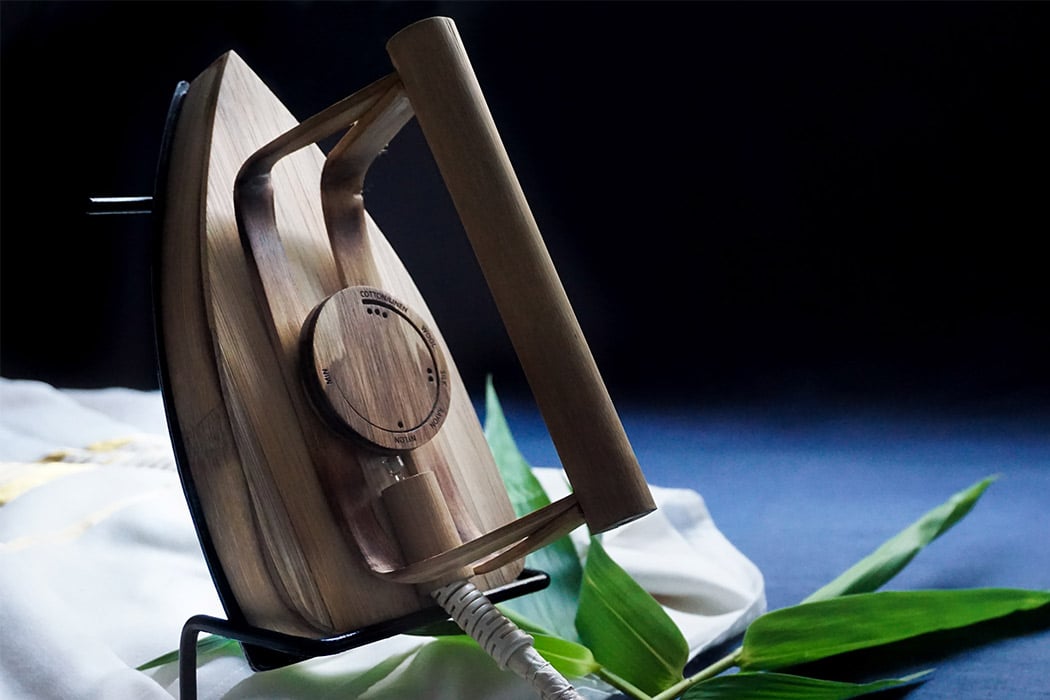
Indian designer, Saksham Mahajan, who has come up with a sustainable version of an iron made from bamboo! The designer started the project as a challenge to explore bamboo as a material, “It’s sustainability can be exploited to make so many different things”, says Saksham – and we agree! Bamboo is structured, sturdy, easy to grow, and eco-friendly, in fact, it is used to make houses in Asia so why not use it to make household items too? The bamboo iron box was selected as one of the best entries in the Green Concept Award 2019 which furthers the conversation of using this versatile material in more products.
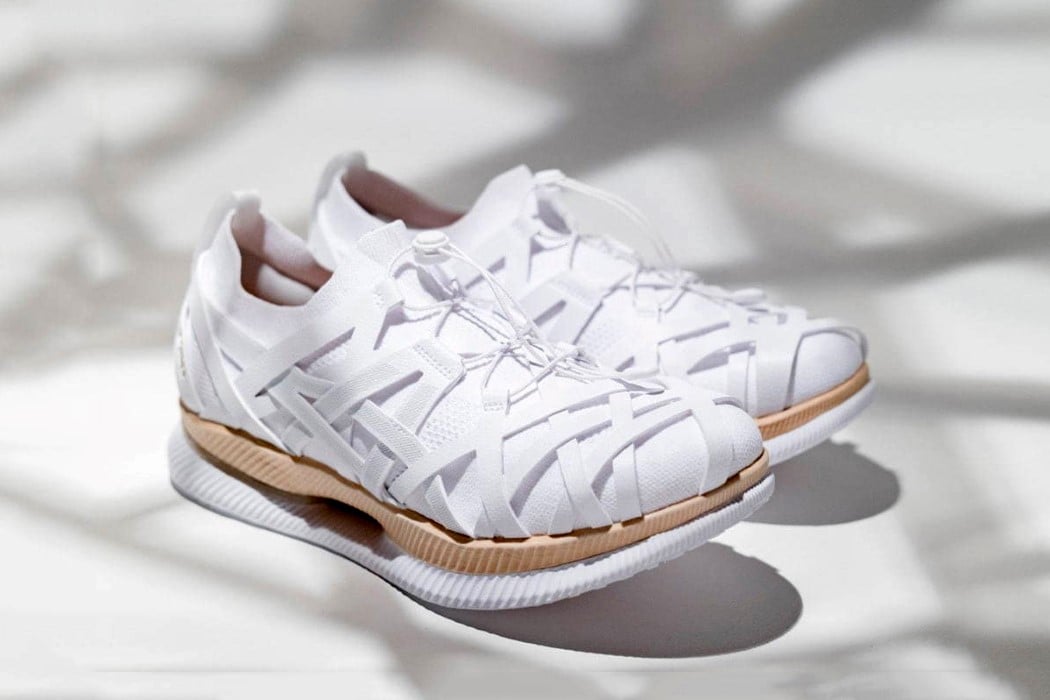
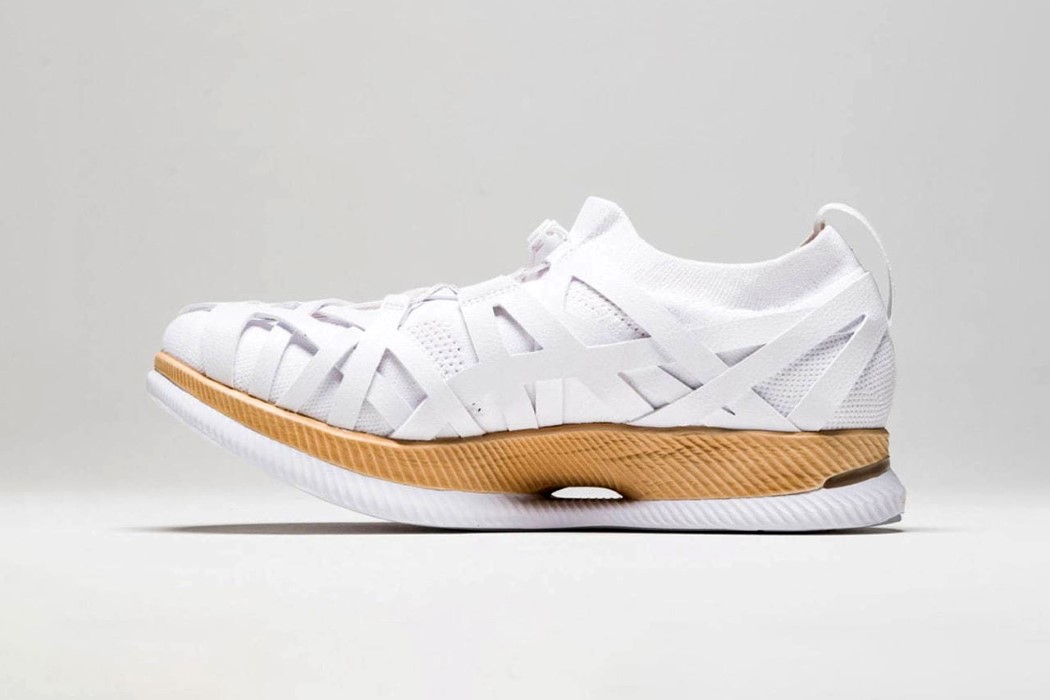
Teaming up with the renowned Japanese Architect Kengo Kuma, ASICS has unveiled the latest edition of the Metaride, an all-white running shoe with a pattern inspired by Japanese Yatara bamboo-weaving, on the shoe’s body. The fabric strips wrap themselves in a seemingly chaotic way, but in fact, are strategically placed to hold the foot steady by binding with the shoe’s innovative Flytefoam base that uses cellulose nanofiber, a strong and lightweight wood-pulp derived material currently being researched and explored in Japan. The shoe is described as ‘moving architecture’ by Kuma, who relied on the age-old technique of Yatara to provide aesthetic dynamism as well as a comfortable fit.
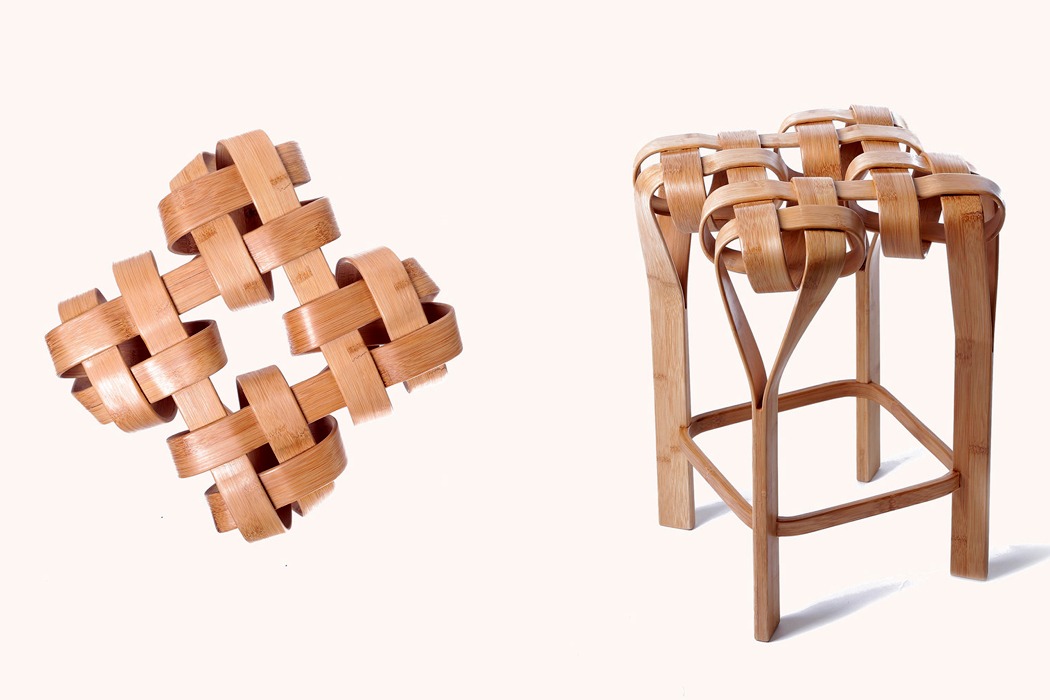
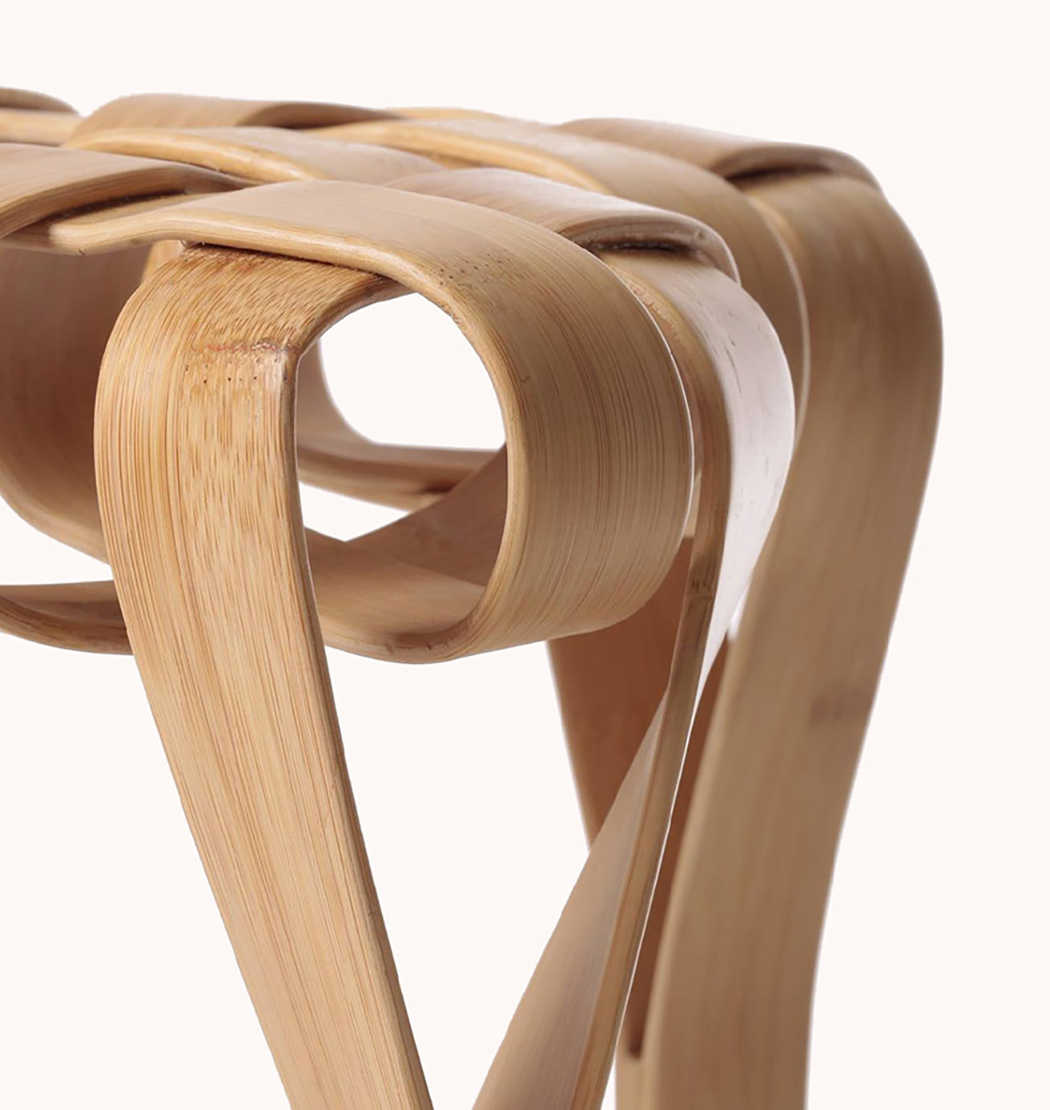
The Knot chair by Qiaolin Gong will check all your boxes when it comes to a stool-style seating solution. The structure is made almost entirely of beautiful, eco-friendly bamboo. The natural material is bent using a unique crisscross weave that reinforces its natural strength and creates an exquisite, sculptural aesthetic. Lightweight, long-lasting, and integrable into a variety of styles, it’s sure to be a timeless addition to any interior.
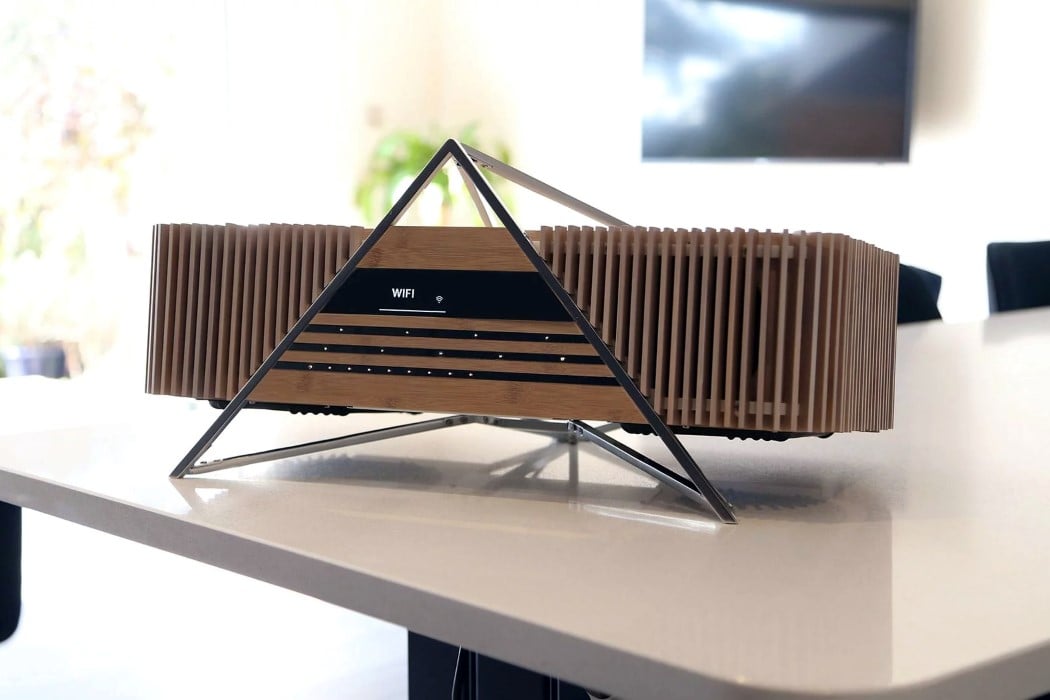
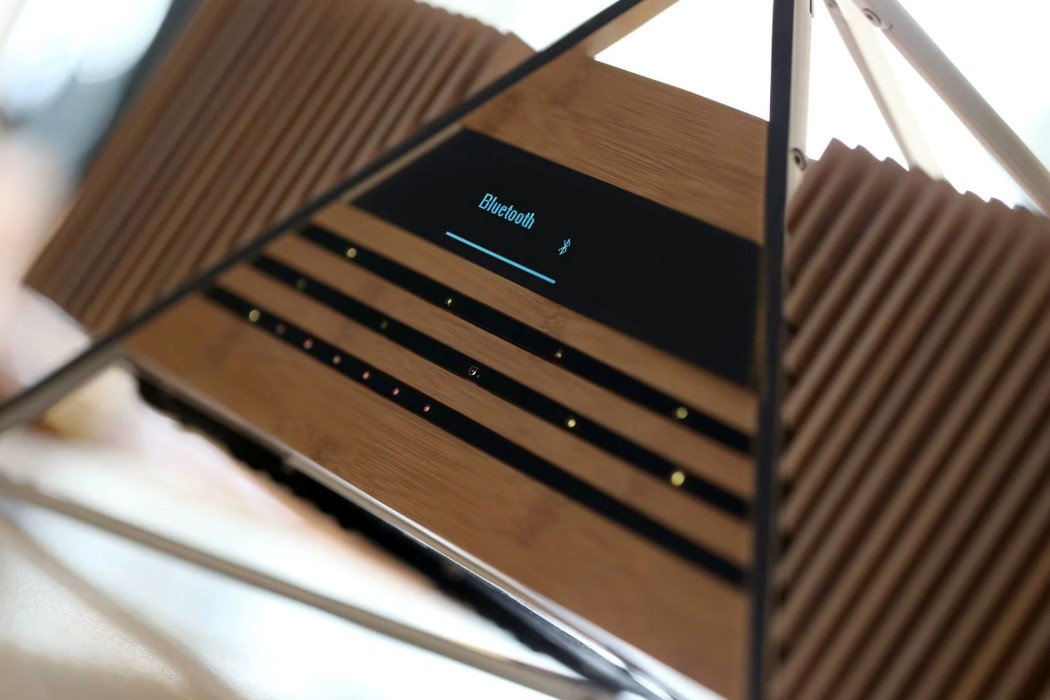
With an aesthetic that melds Japanese and French aesthetics together, the iFi Aurora by Julien Haziza is a hi-fi speaker that literally looks like it’s levitating off the surface of the table or mantelpiece it’s kept on. The audio unit is clad in a casing made of bamboo, with slatted strips around its periphery, adding contrast while also creating what one would perceive to be the grill for the speaker’s 8 drivers. The speaker is lifted using a pyramid-shaped aluminum frame that helps demarcate Aurora’s control unit and display on the front, as well as it’s series of input and output ports at the back.
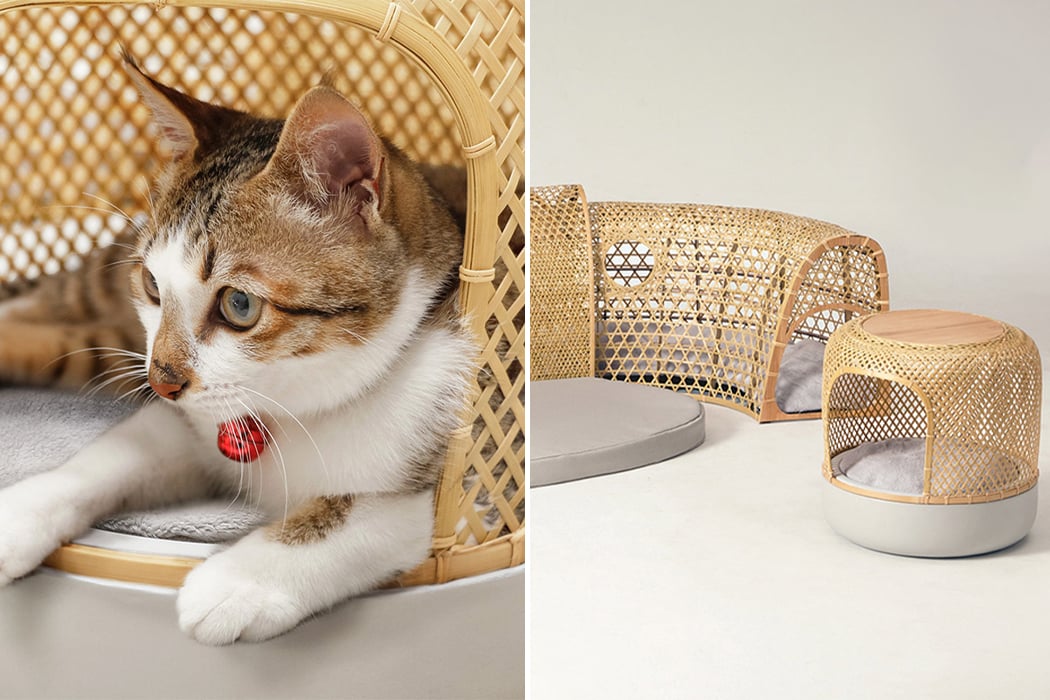
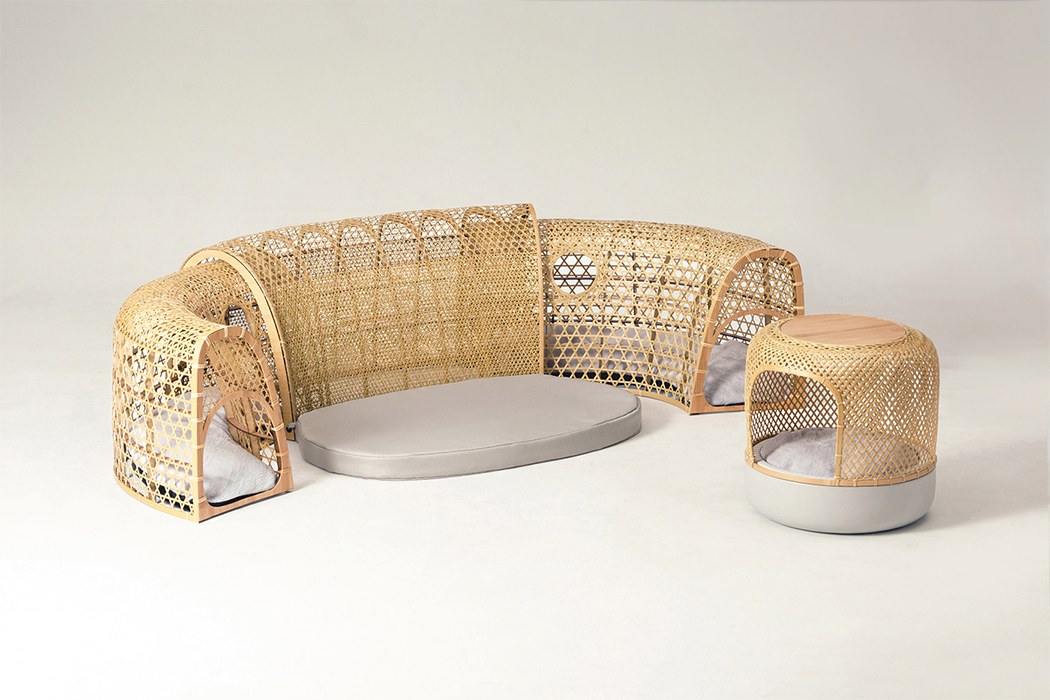
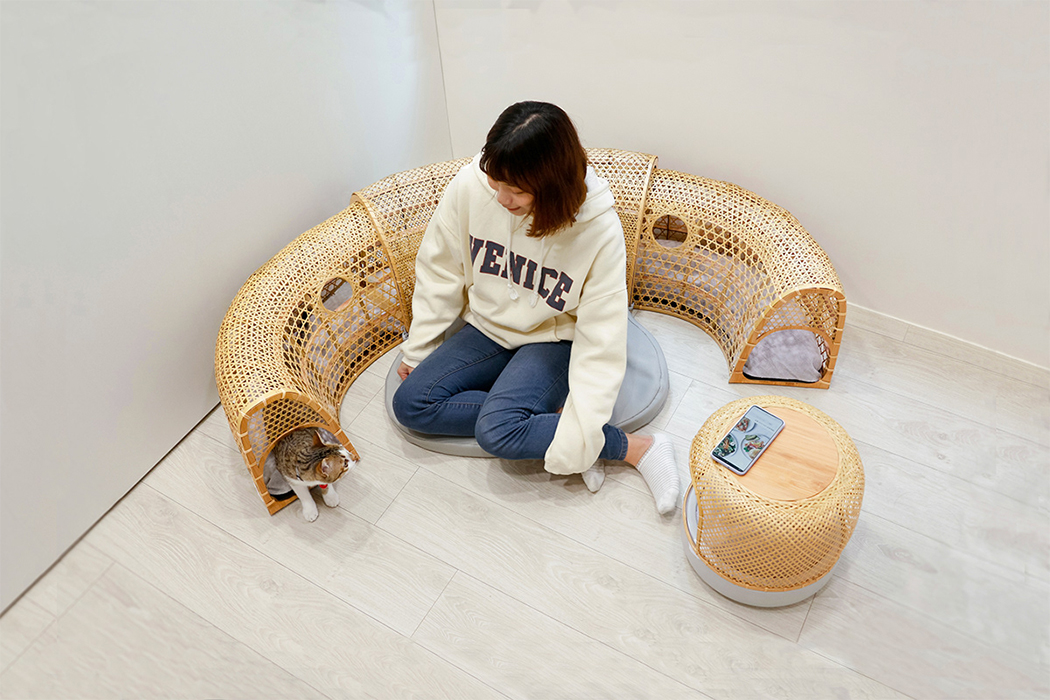
Furniture design is moving towards a more flexible direction and CatYou in a Circle by Jack Dogson is a wonderful display of modular pieces that work for both humans and pets. The set includes a floor sofa and a coffee table that aims to create a relaxing space for cats and their owners to have some downtime. Urban homes are only getting smaller and cat owners are faced with challenges to keep their pets entertained without taking up too much space. During quarantine, it has become more of a lesson as we share our space with them 24/7. The designer administered a questionnaire and after 233 responses it was found one-third of the cat owners living under 50 square meters. The four main problems that the design needed to solve based on their feedback were – not enough hiding space, cat furniture occupies too much living space, renovation is often not an option, and people want to have enough room to bond with their cats during playtime.
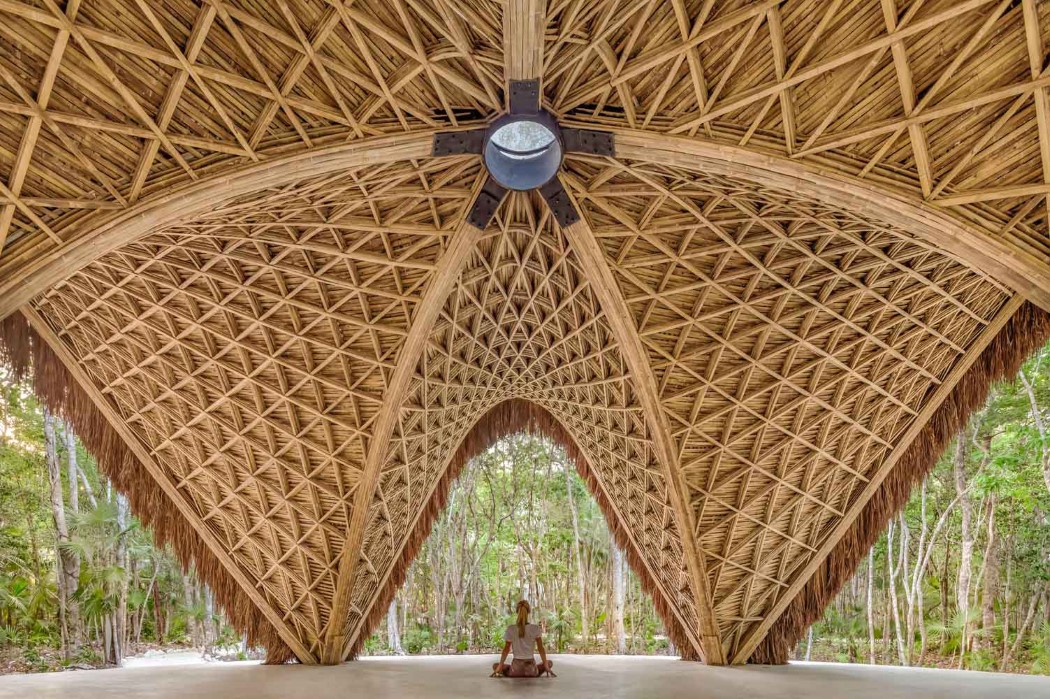
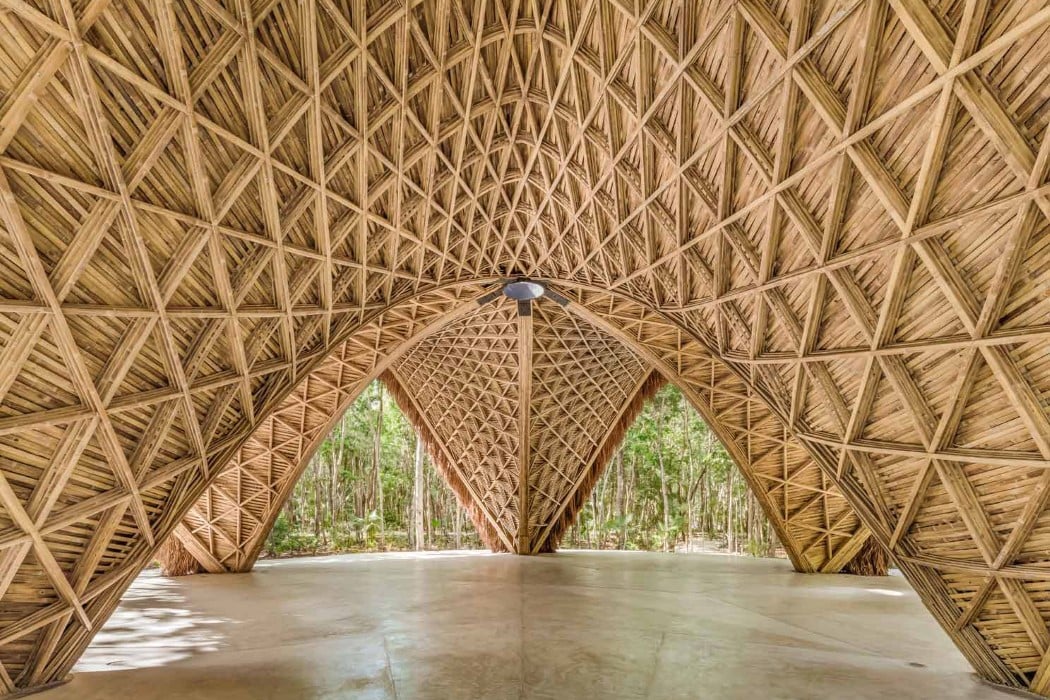
Amidst Tulum’s rapidly-growing unchecked architectural development, the Luum is an eco-friendly bamboo structure located in a conserved area in a native jungle, within a conservation-minded residential development called Luum Zama. The temple’s design is highly influenced by parametric architecture and features five catenary arches made from Bamboo. Designed by CO-LAB Design Office, the temple’s design uses bamboo sustainably grown in the neighboring Chiapas state. Flat sections of bamboo were bent and cold-molded on site, before being shaped into the 5 catenary arches. For structural stability, the designers wove together multiple bamboo beams into a triangular mesh, with a dual-layered woven bamboo lattice on top for further cover. Sitting atop the grand bamboo structure is a canopy of local Zacate, or straw thatch, giving the structure protection from heat and even rain.
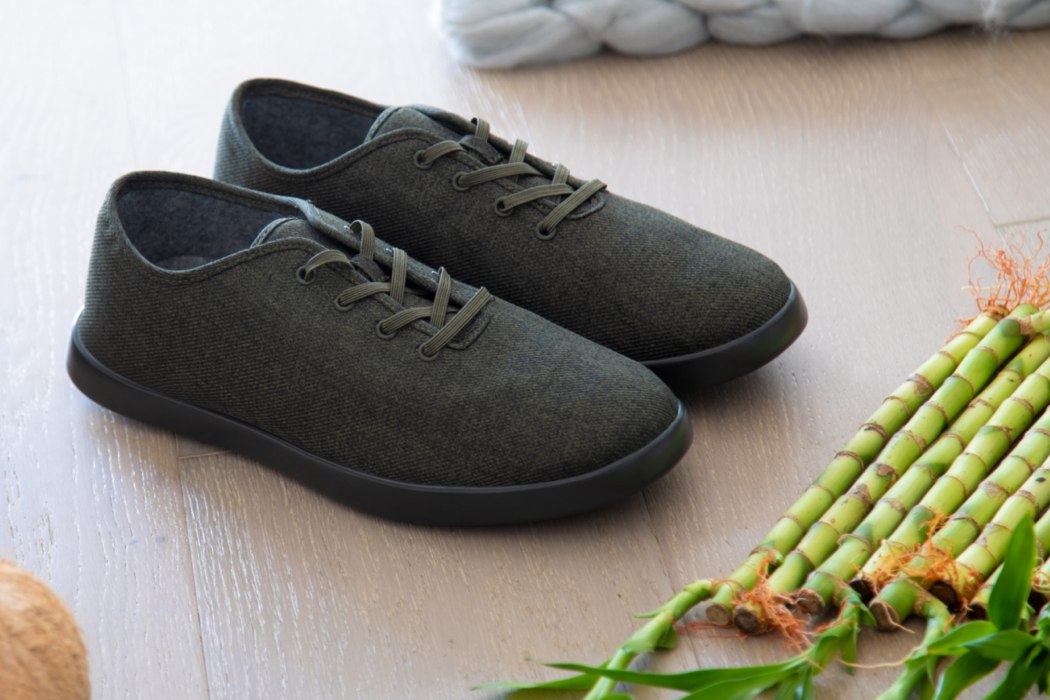
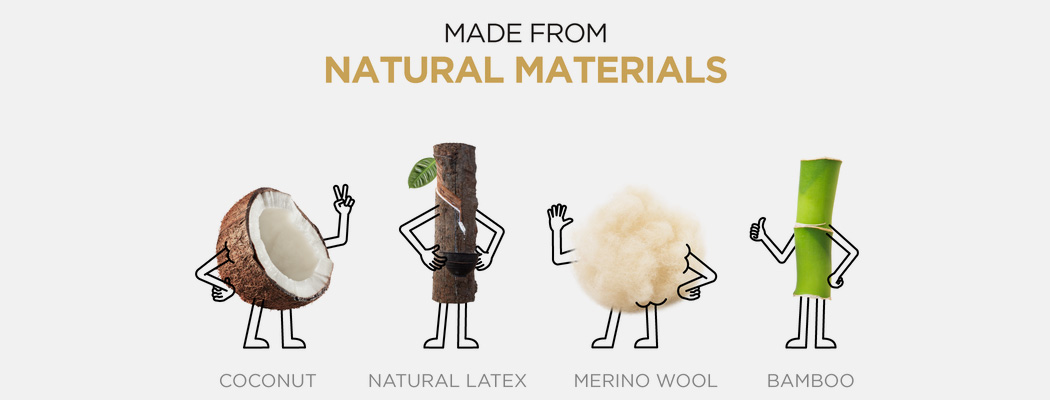
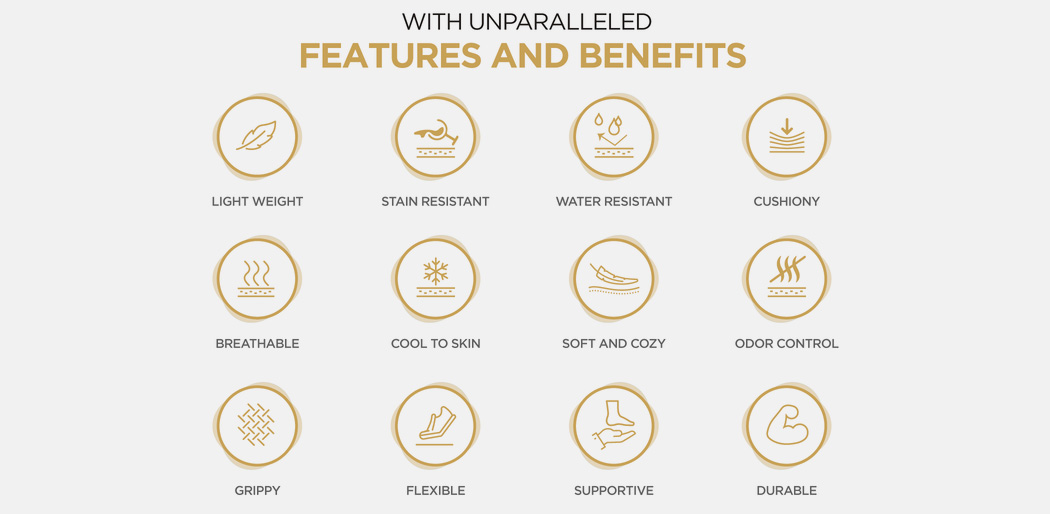
The Baubax shoes are designed to be everything you want from your footwear. They’re grippy, durable, water-resistant, come in a variety of styles with both laced and laceless variants, but most importantly, are extremely comfortable. Borrowing entirely from nature and natural materials, Baubax’s travel shoes are organic from top to bottom, carefully picking and choosing materials that best fit the shoe’s needs. The rubber outsole gives the shoes the friction it needs to firmly grip onto even the slipperiest of floors, while coconut coir and natural latex insole mimic the feeling of having a cushy mattress underneath your feet. Sitting between the insole and your feet is a layer of Australian merino wool, a breathable fabric that keeps your feet feeling ventilated while letting you commit the otherwise cardinal sin of wearing your shoes without socks. Merino wool, however, possesses anti-bacterial properties too, so your feet stay healthy and your shoes don’t end up developing an odor. Sitting above everything is the Travel Shoes’ bamboo-fabric upper, which keeps your feet cool at all times, just like open-toed sandals, but without being a fashion faux-pas.
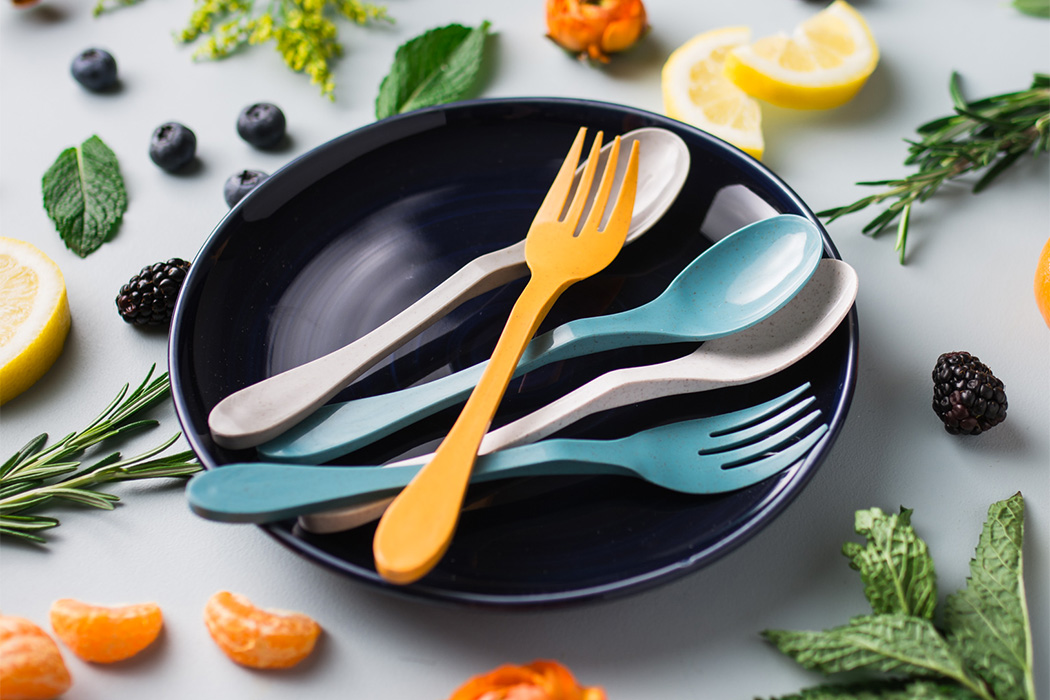

KNORK Eco’s are designed to be cutlery you can dispose of after use, but you won’t want to. Created from Astrik, a biopolymer made from sugarcane starch and bamboo pulp, KNORK Eco feels like plastic but comes with a much thicker cross-section, making them solid and incredibly durable. They can be used, reused, and are dishwasher-friendly… and in the event that they do end up in a landfill, the KNORK Eco will biodegrade into compost in just two years. What sets the KNORK Eco apart is the fact that they aren’t designed like your single-use plastic spoons and forks. Marginally thicker cross-sections mean they’re as robust as stainless steel cutlery, while the ergonomic gripping handles are perfect for eating food with. The bio-polymer is heat-resistant, making it perfect for all sorts of meals, and its glossy finish makes it look top of the line.

